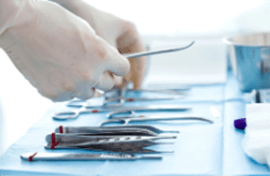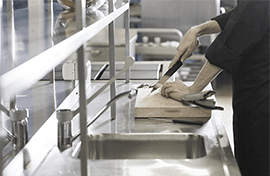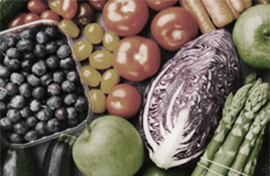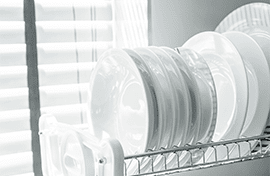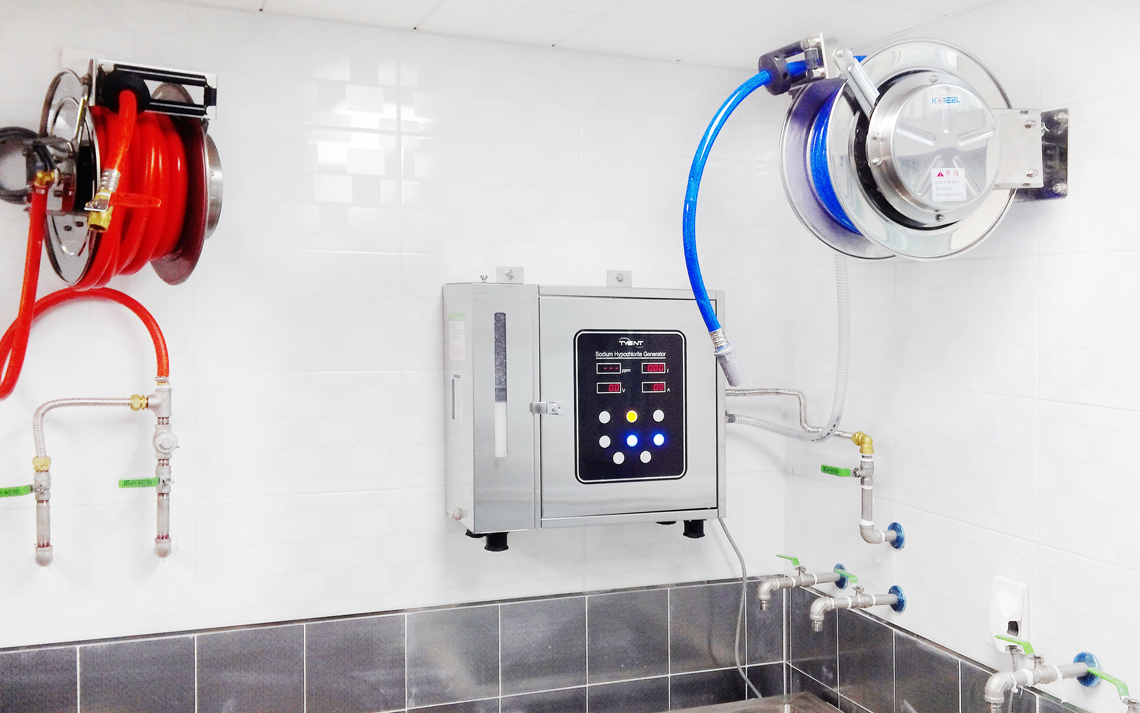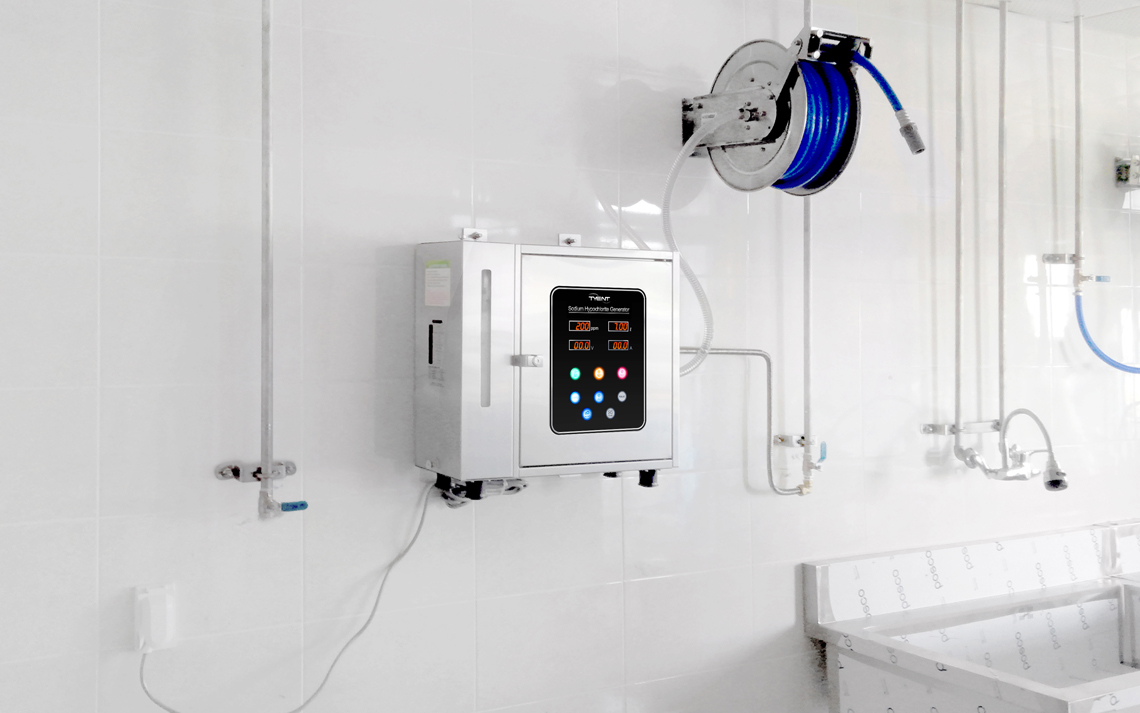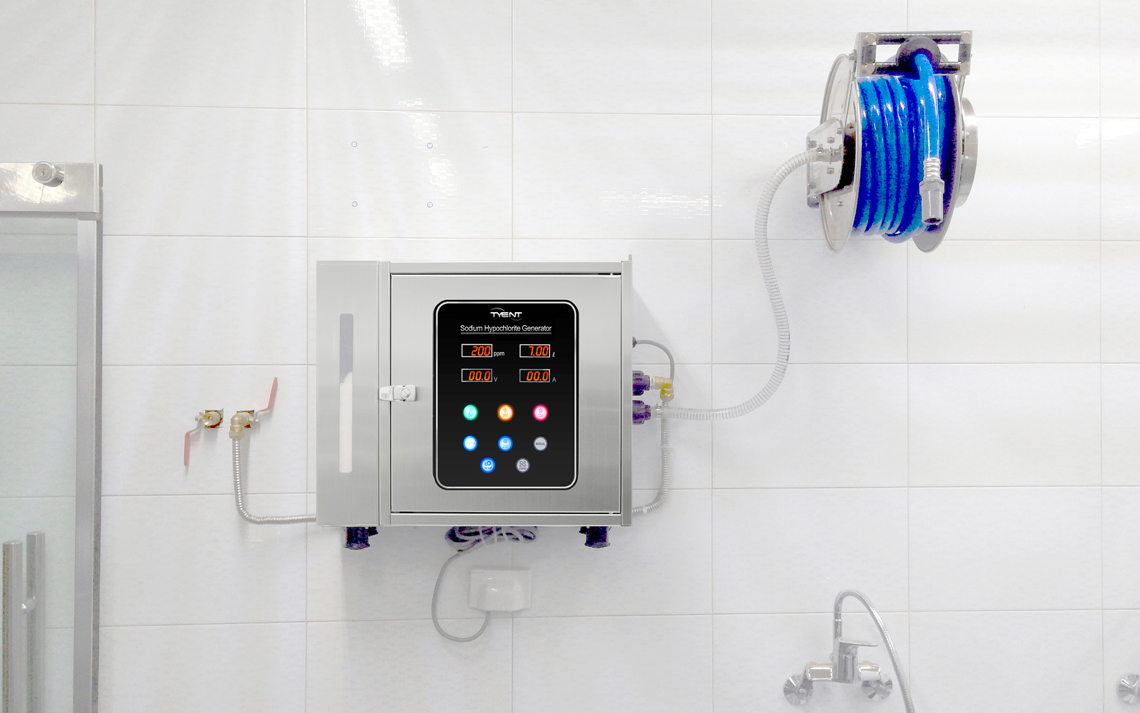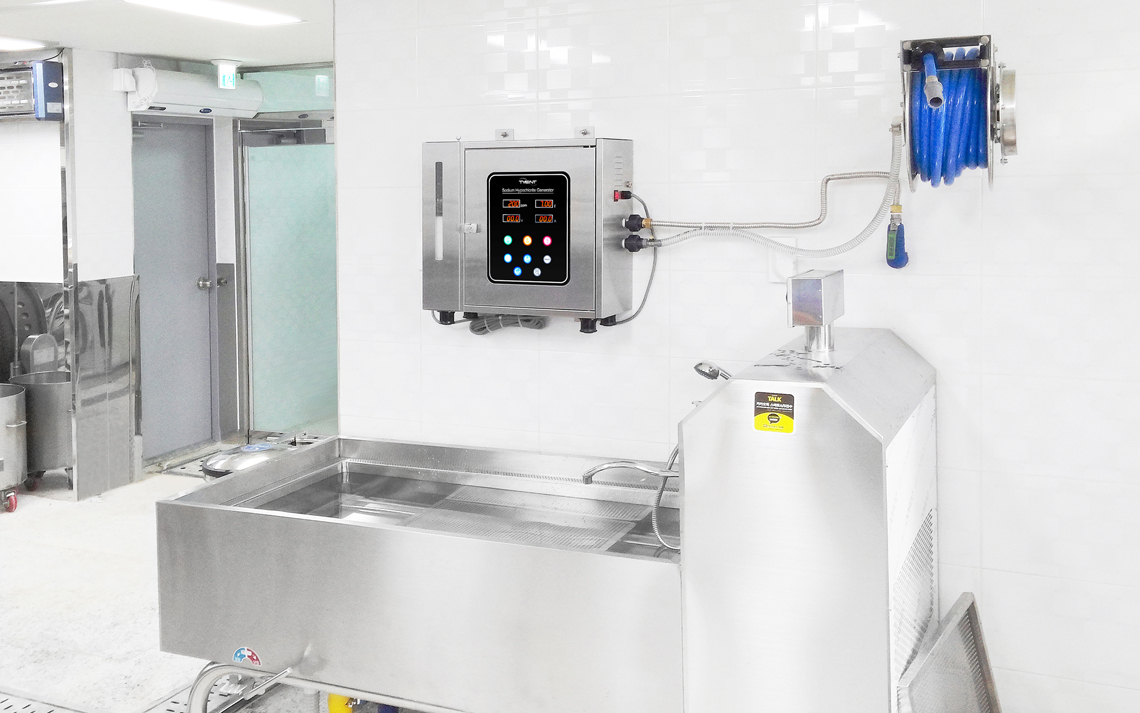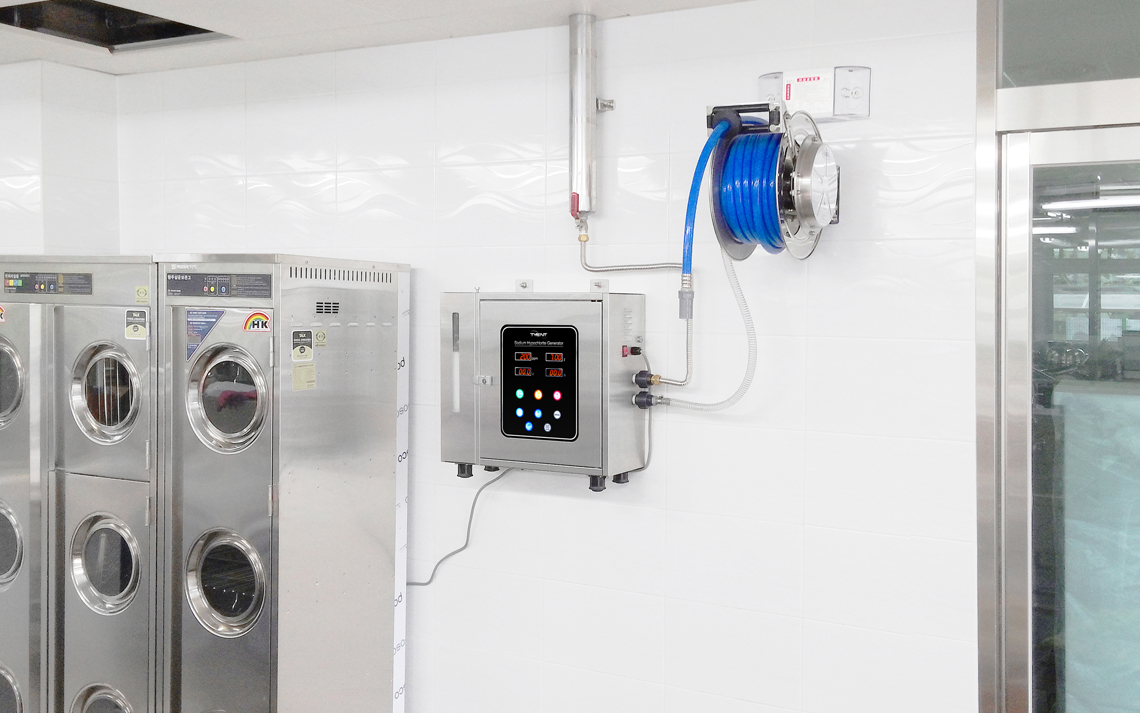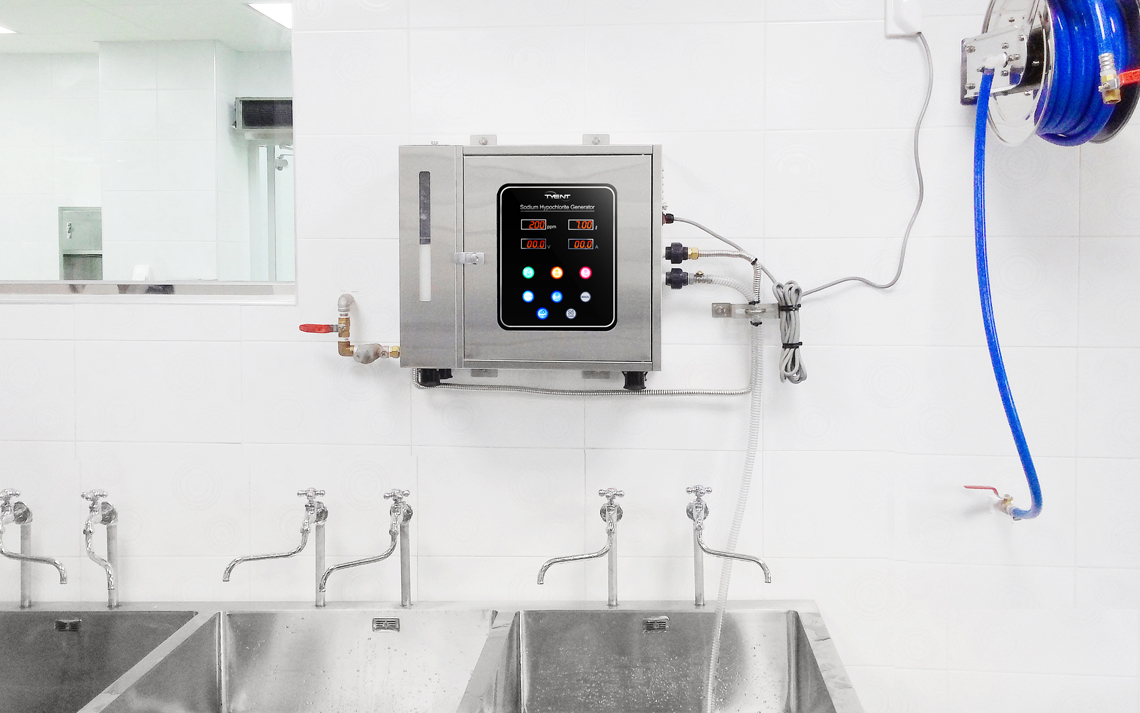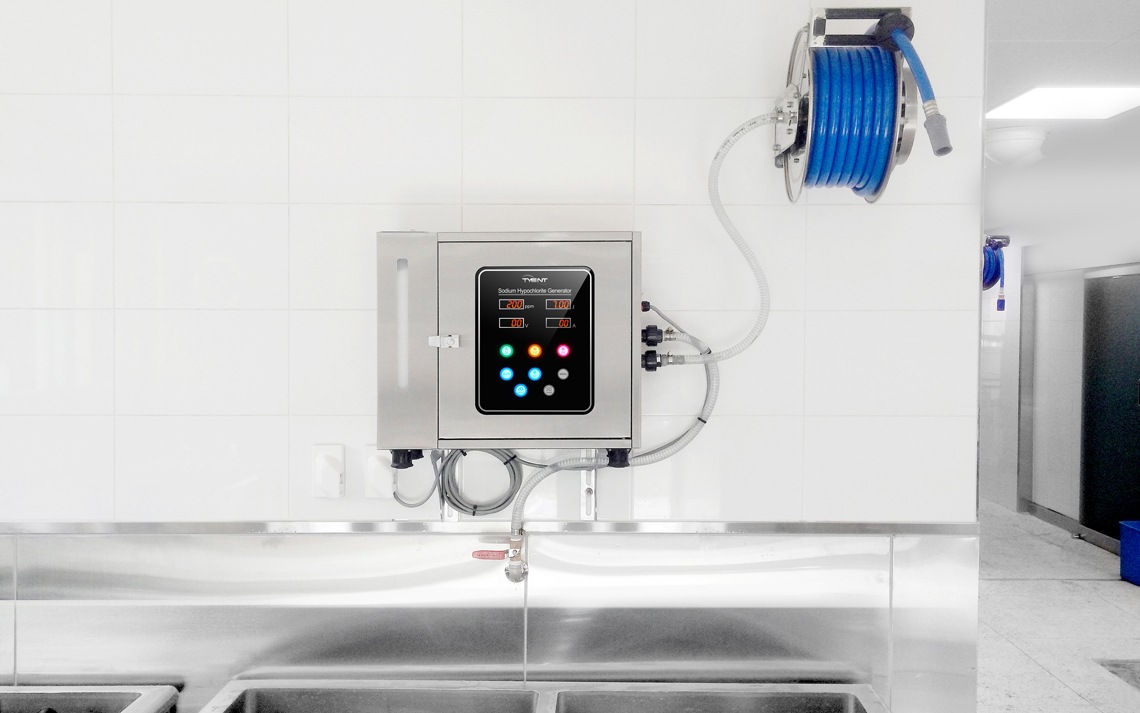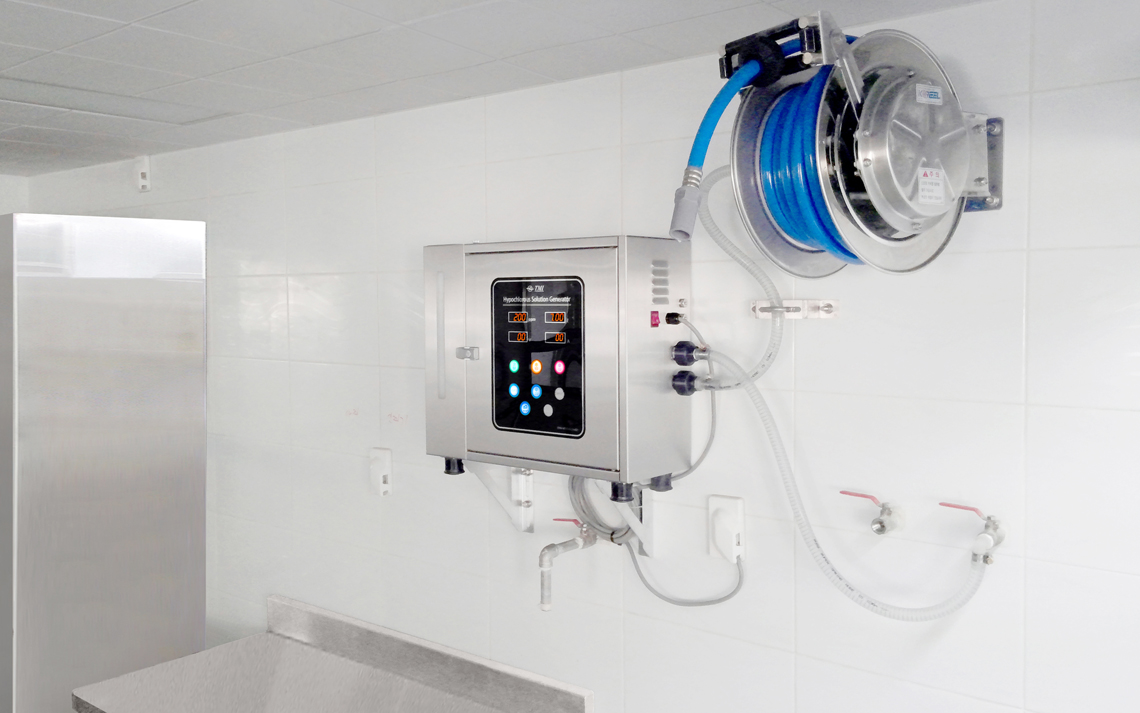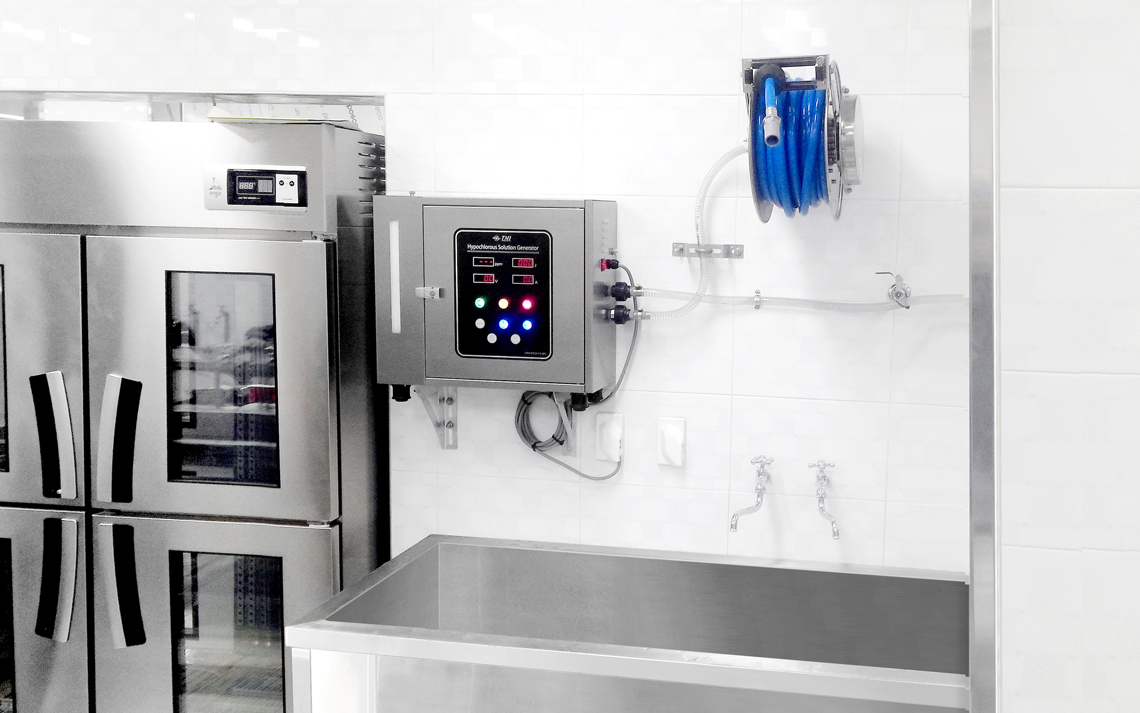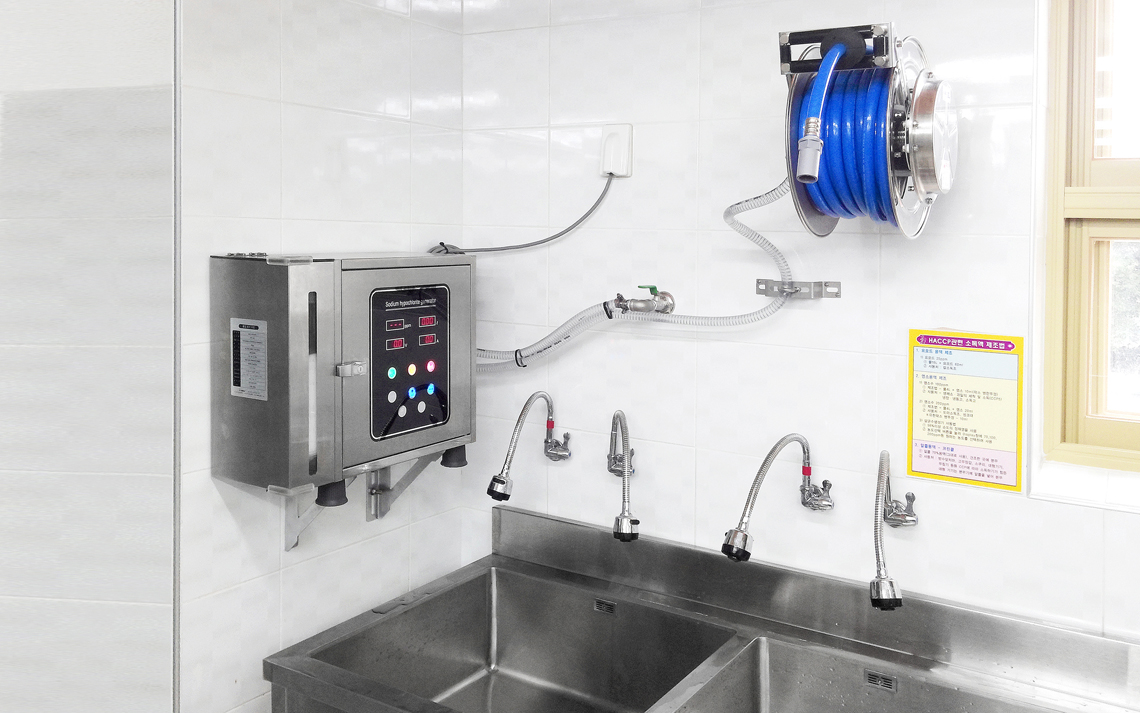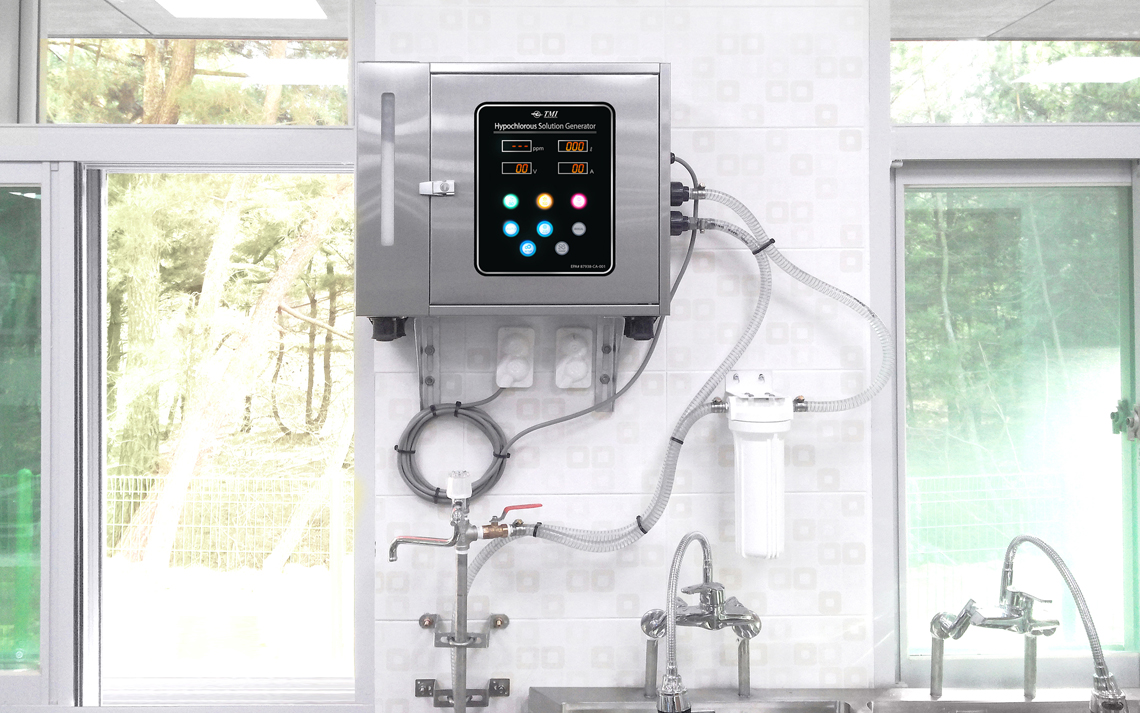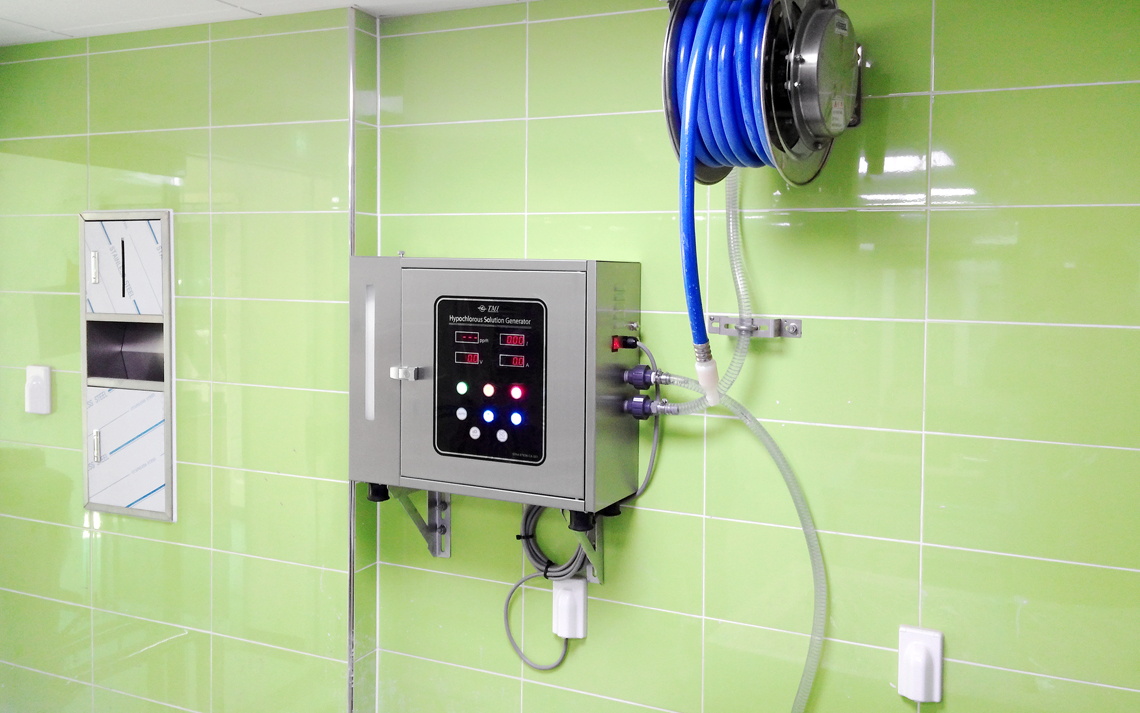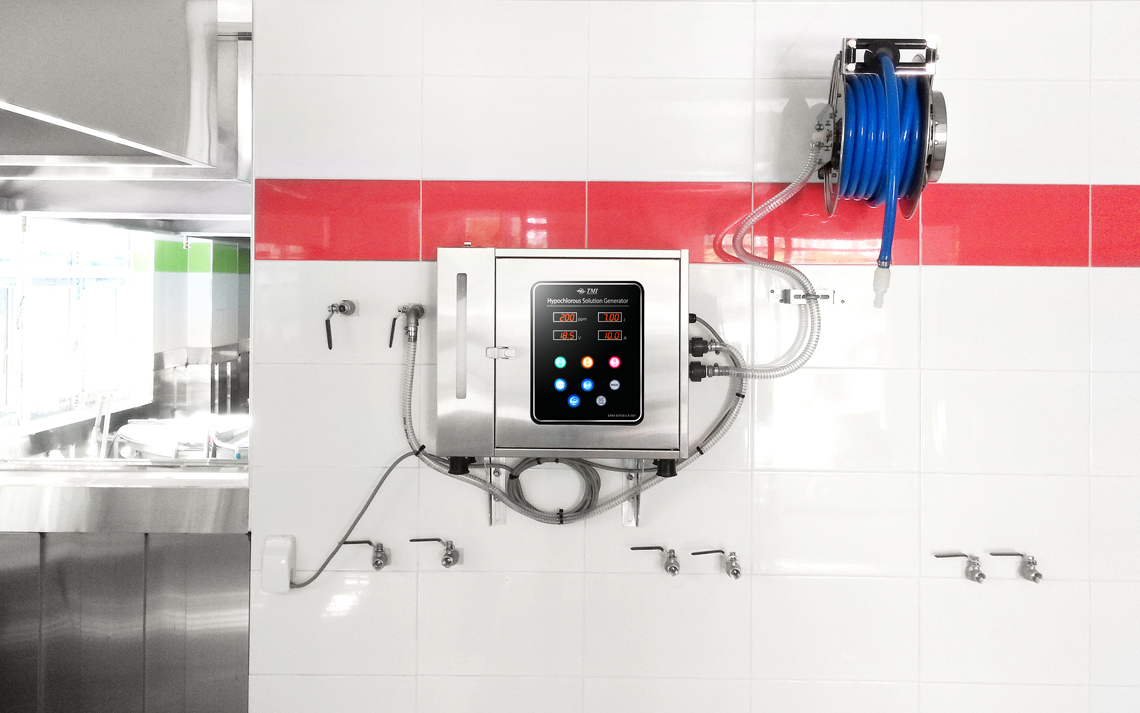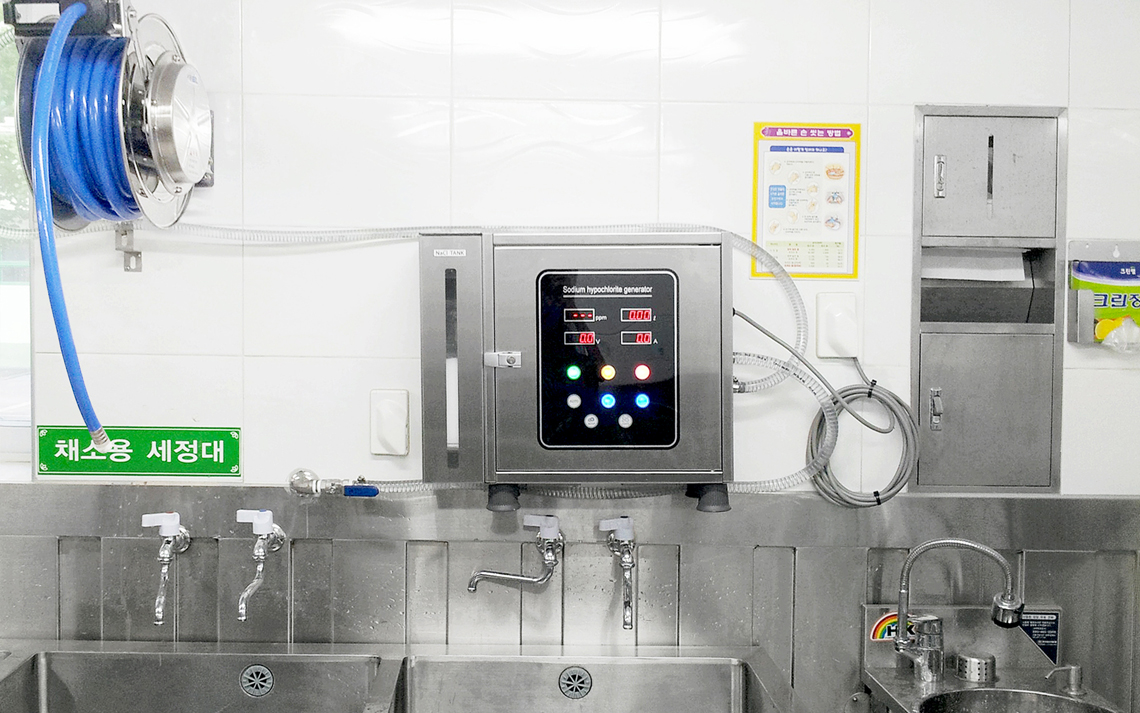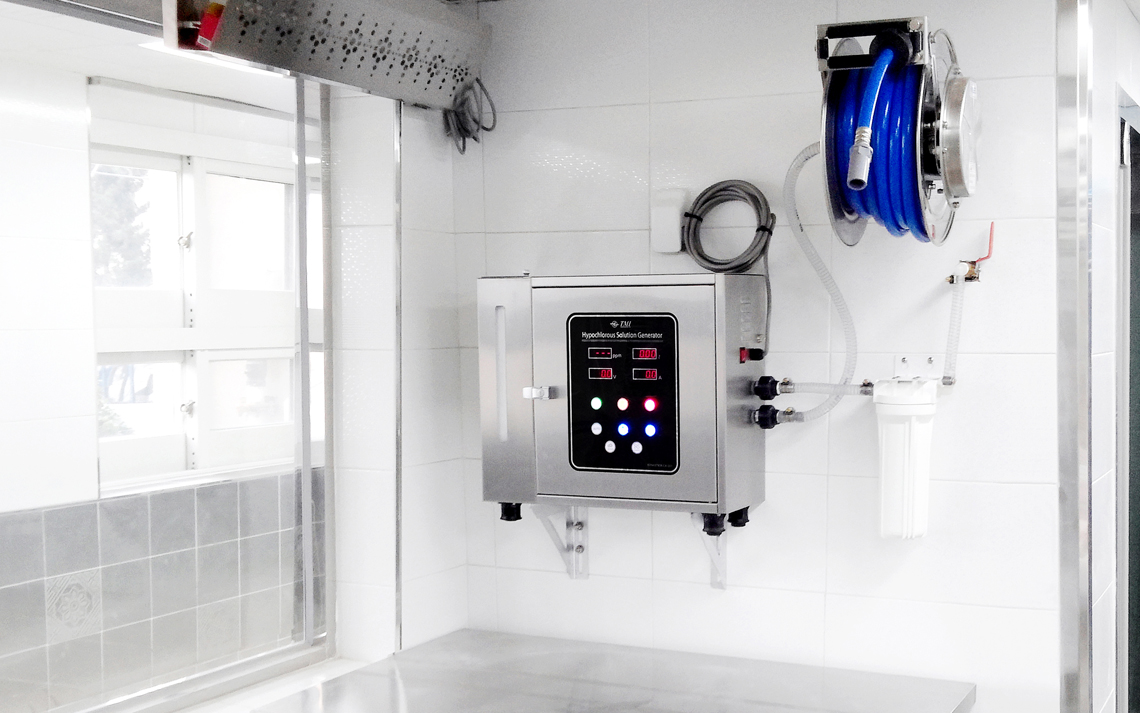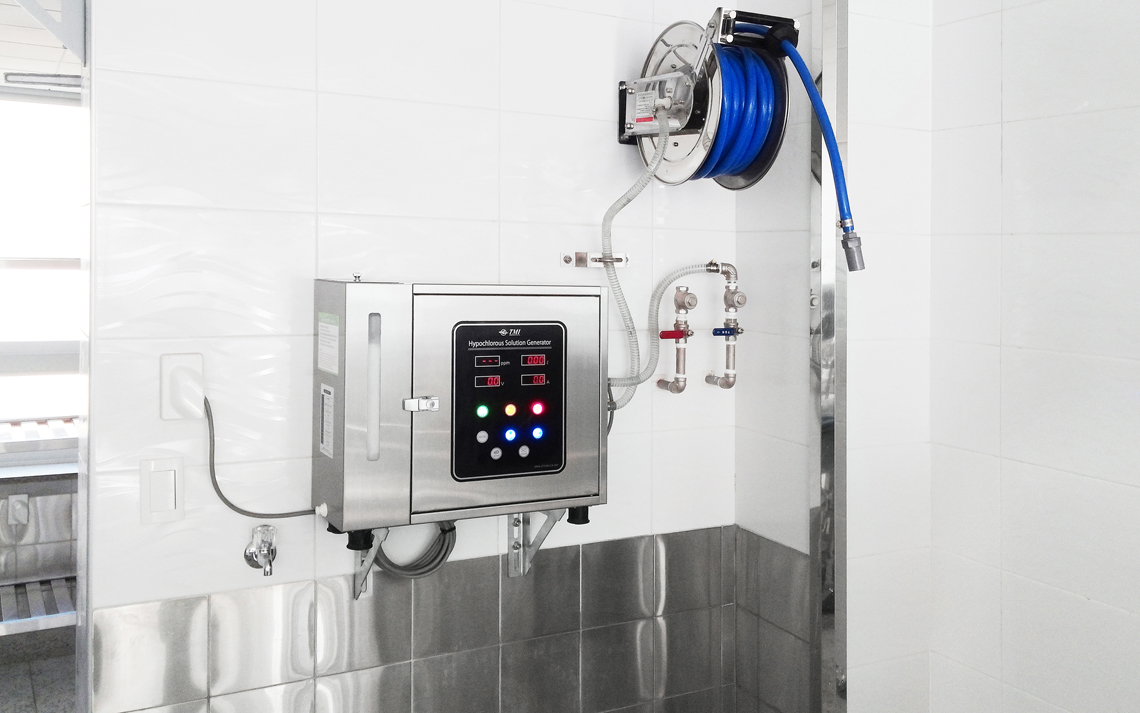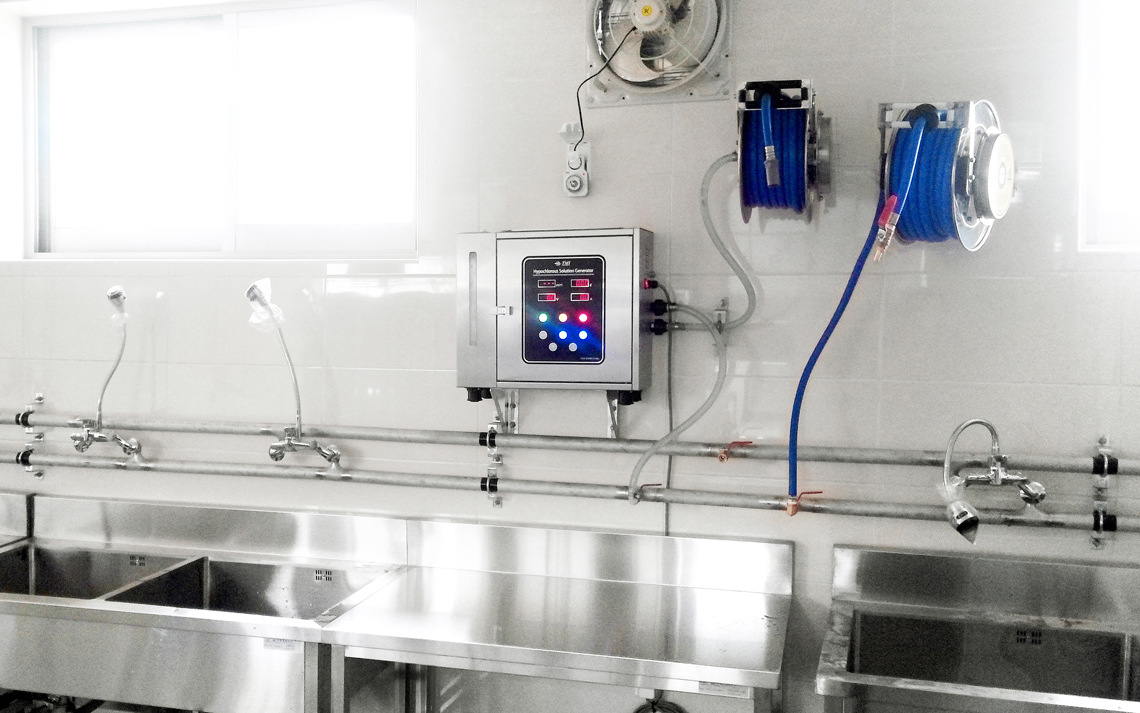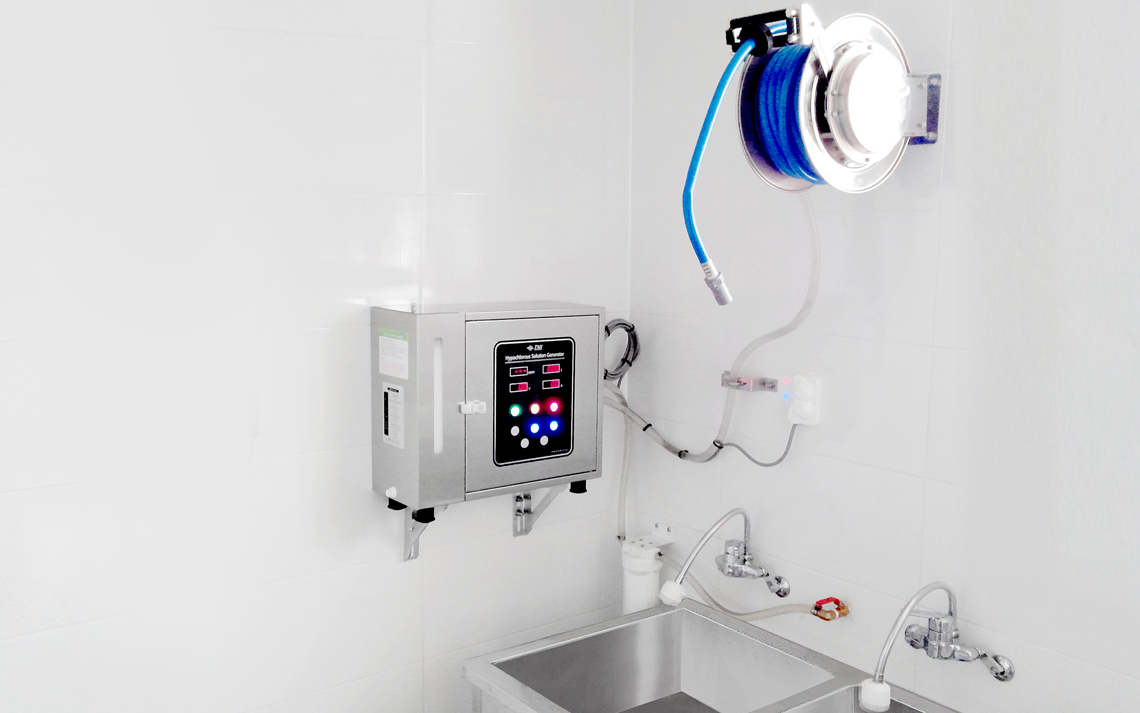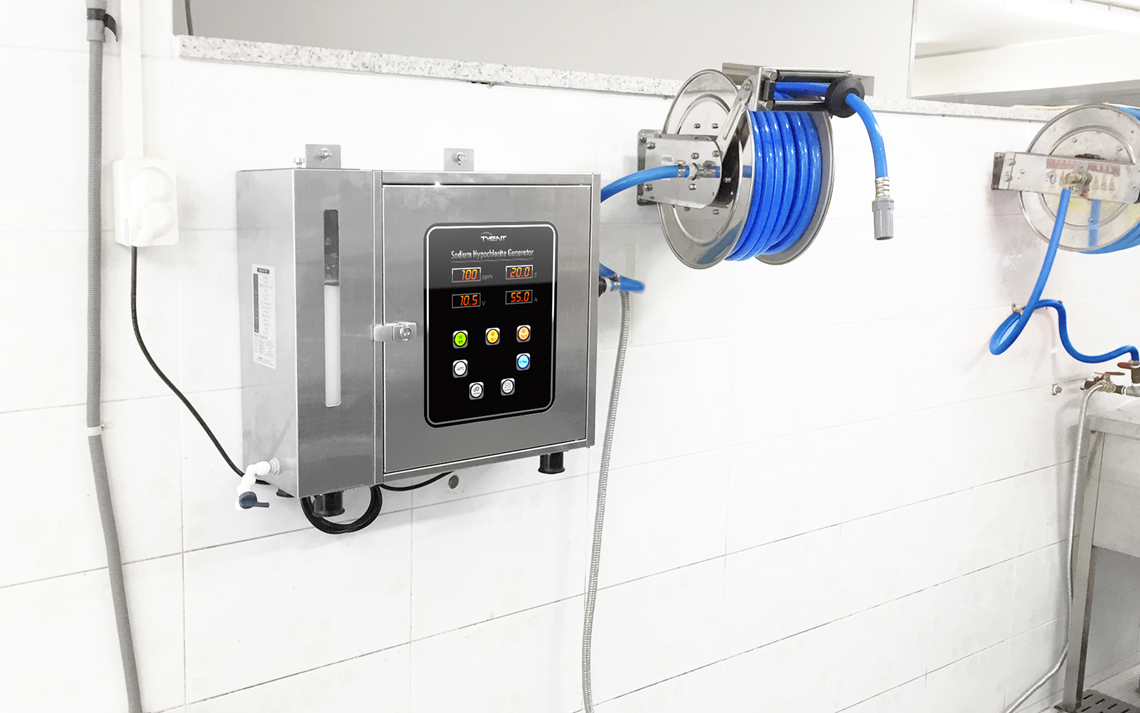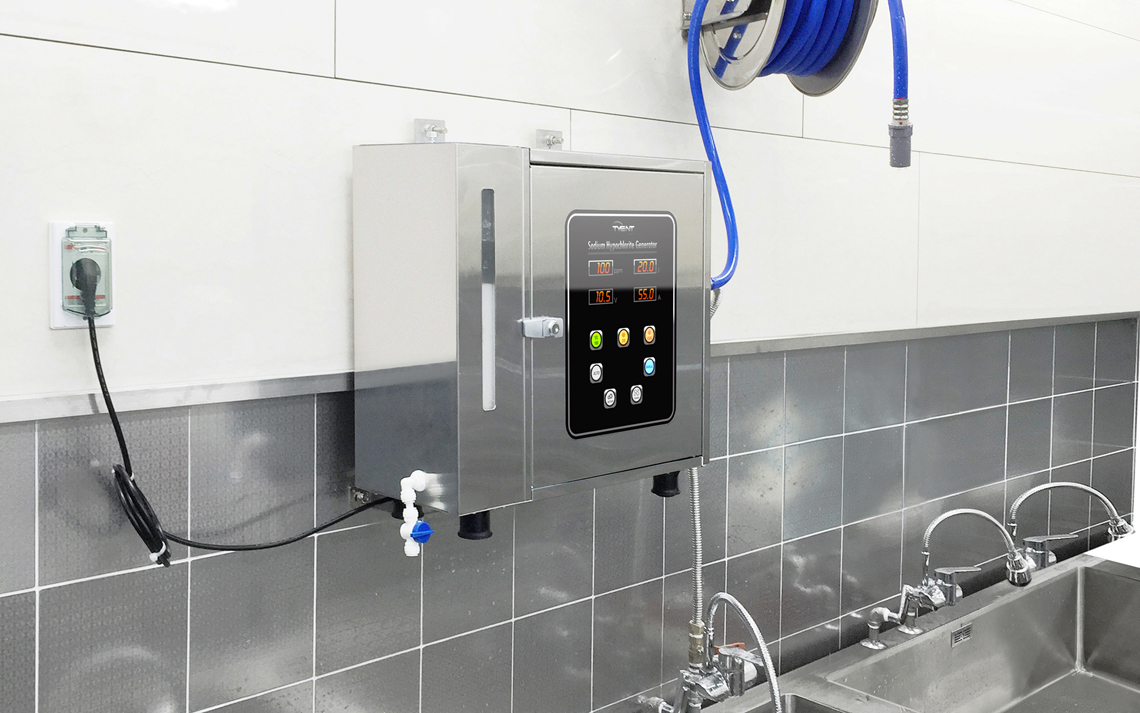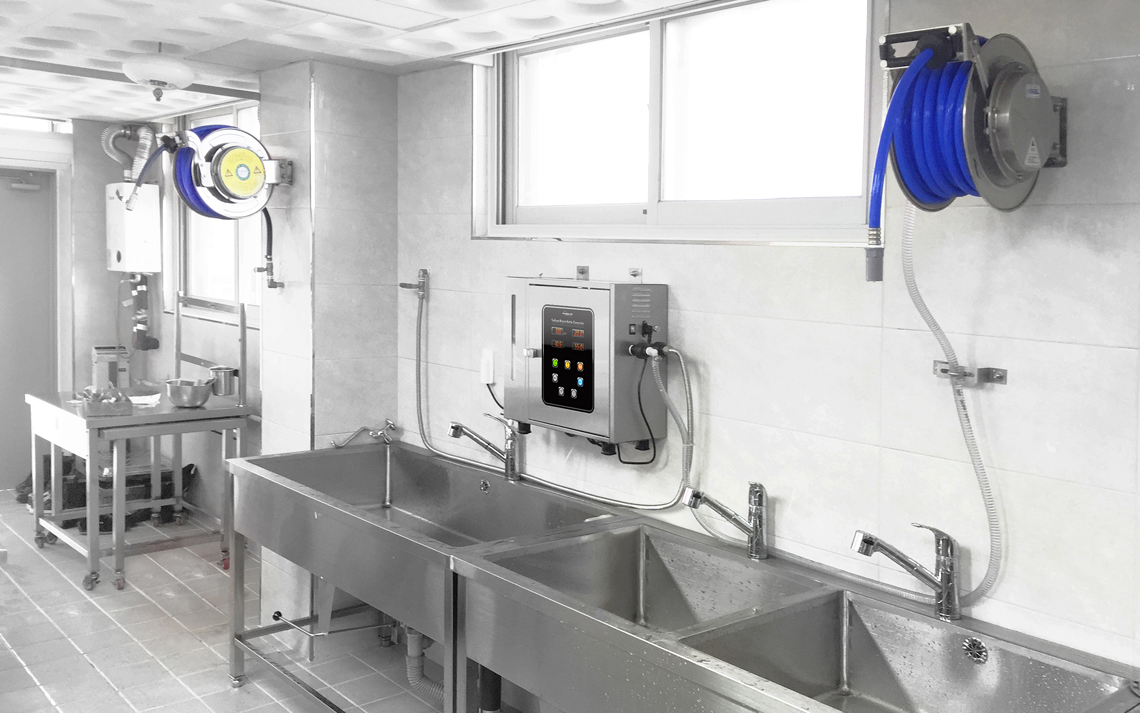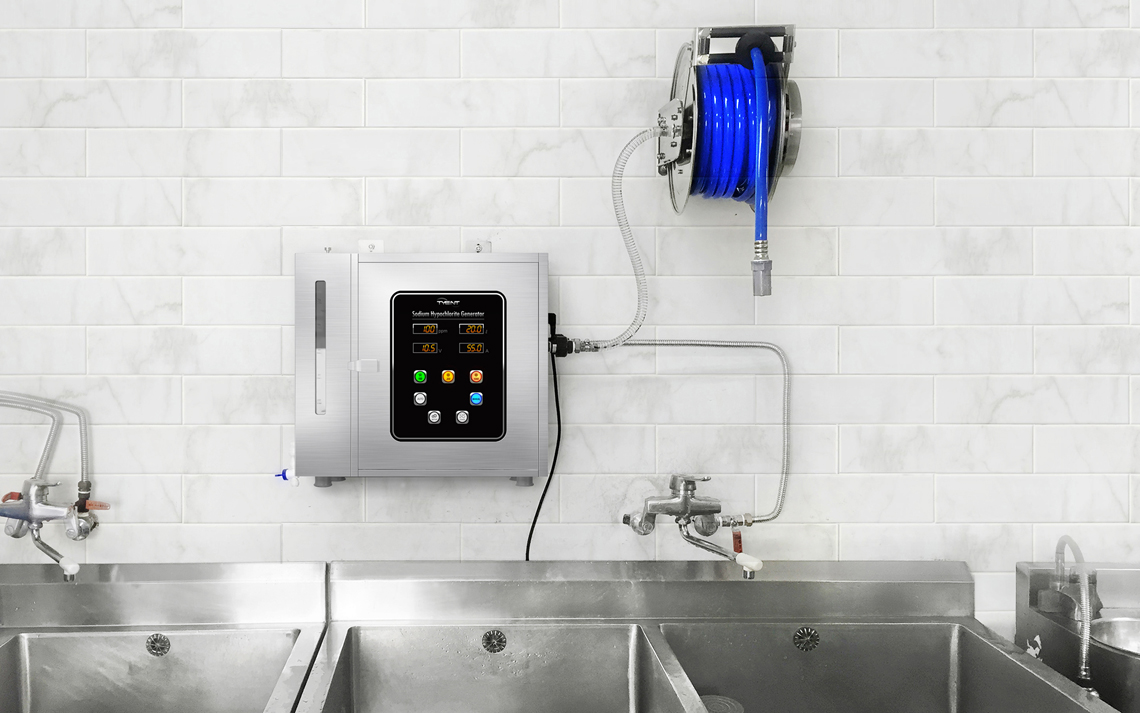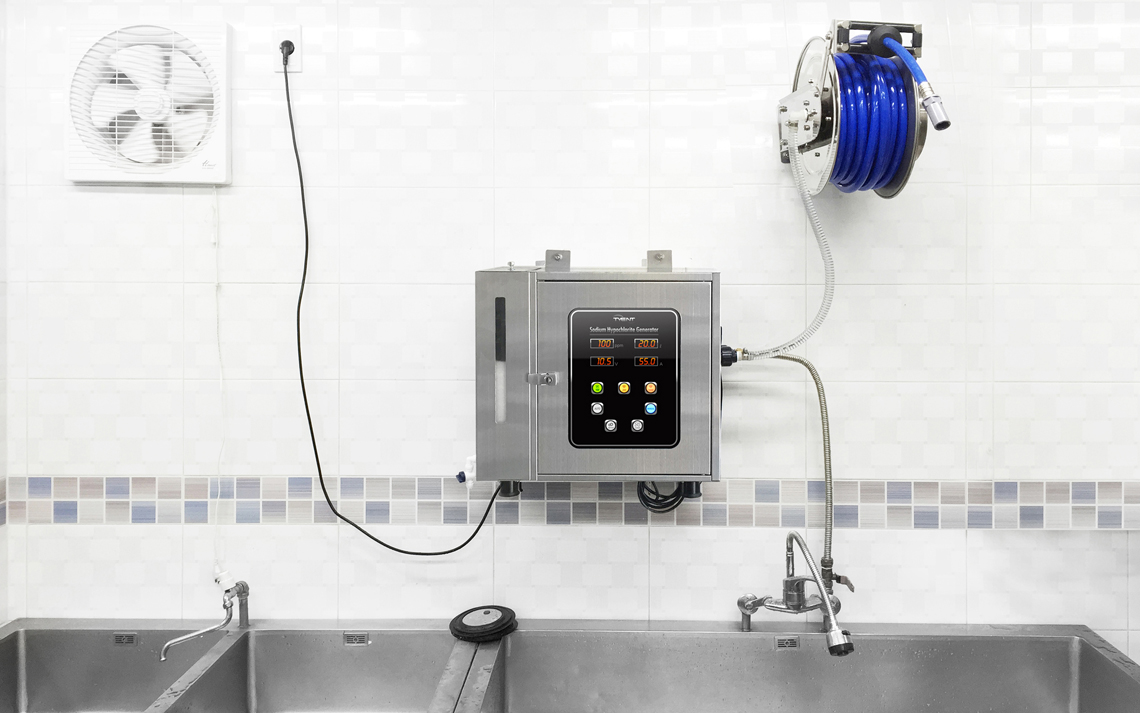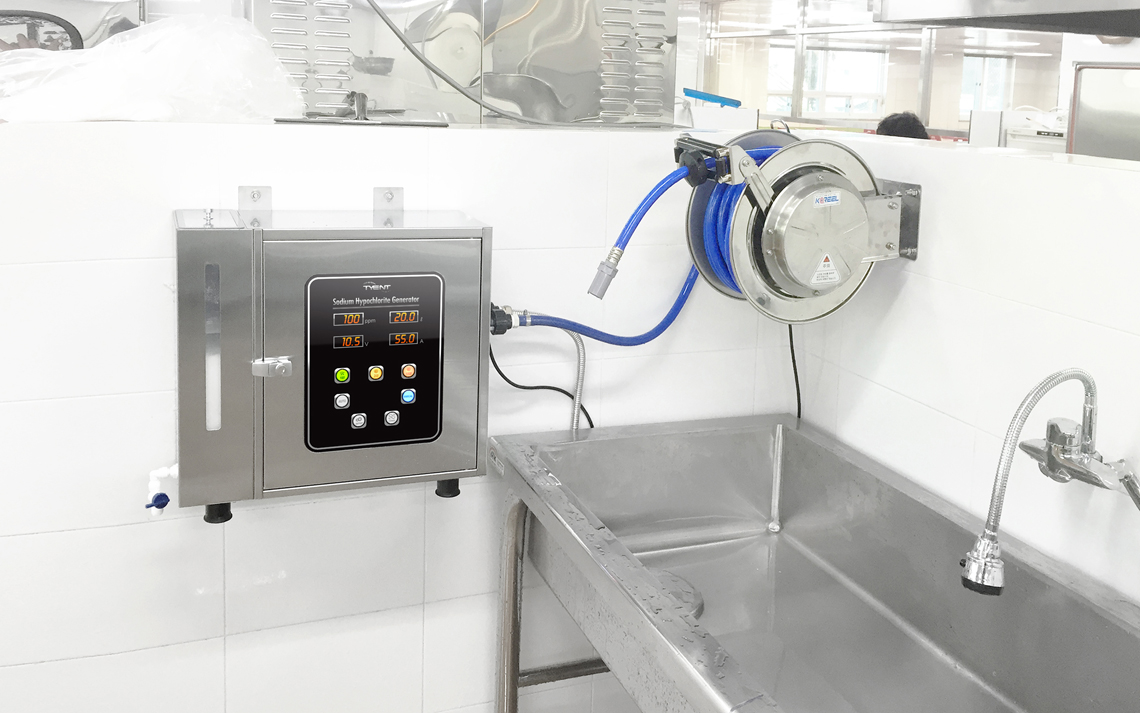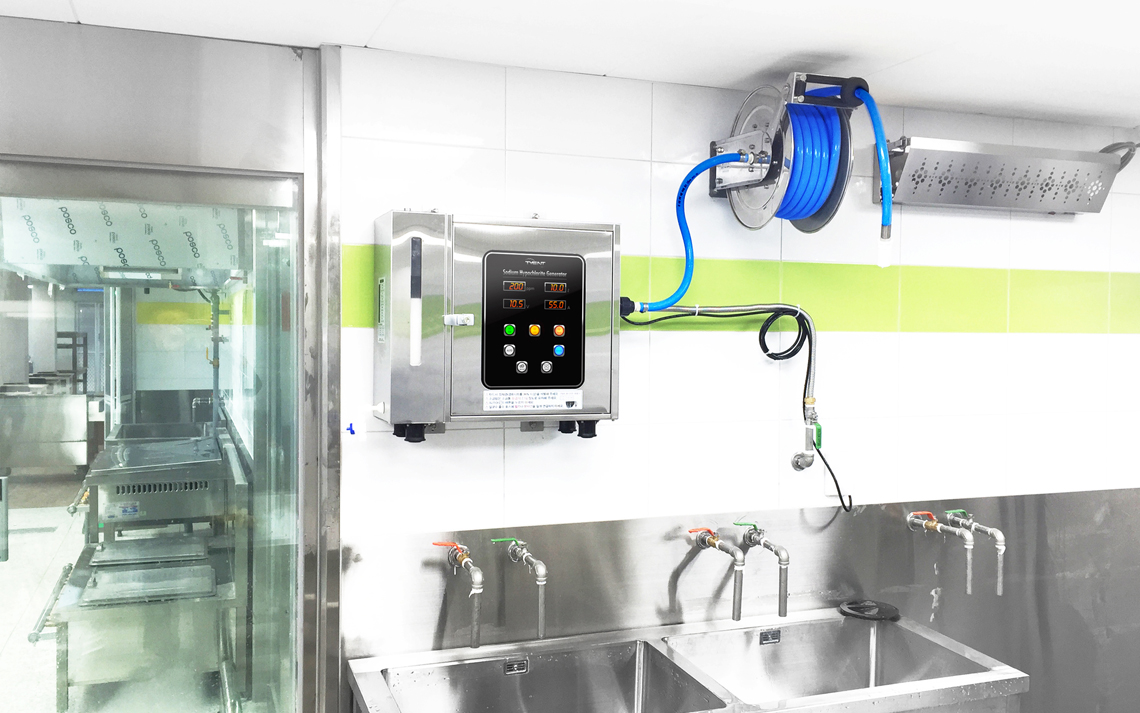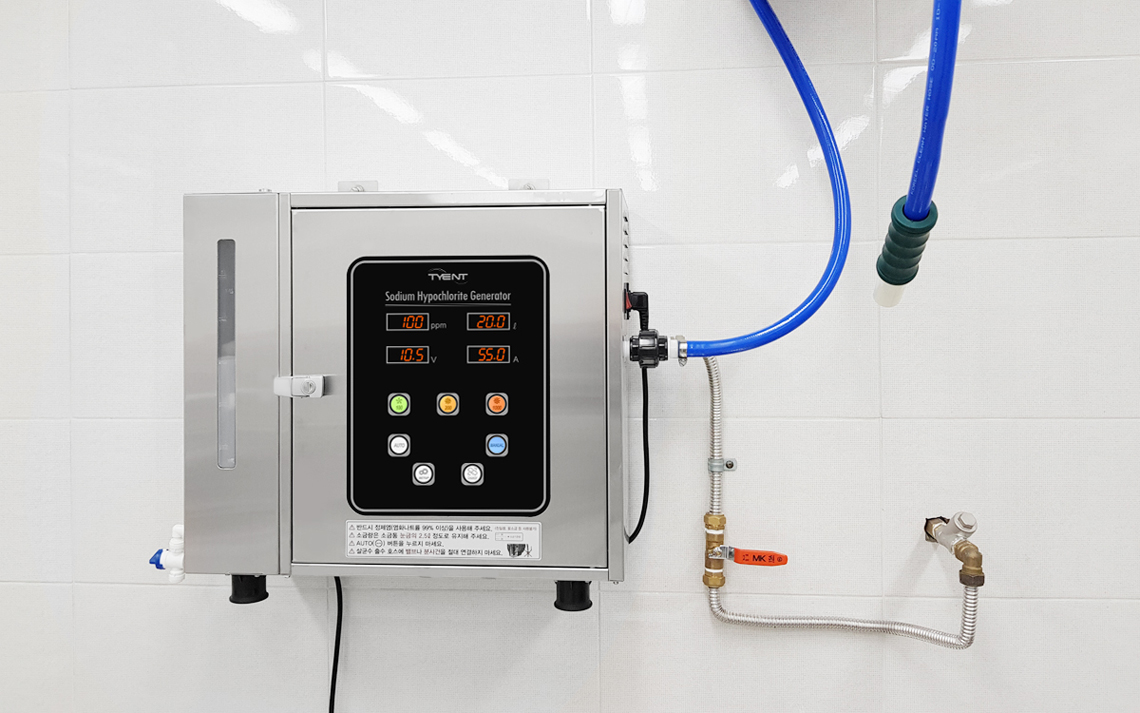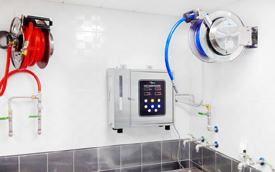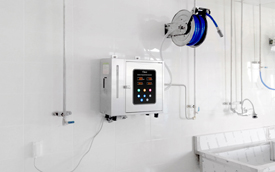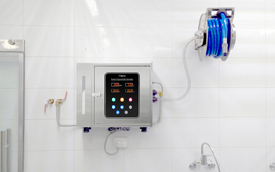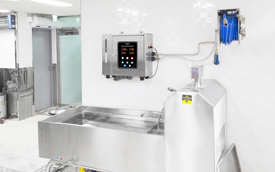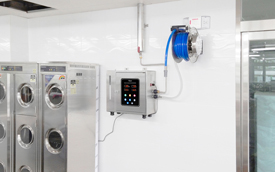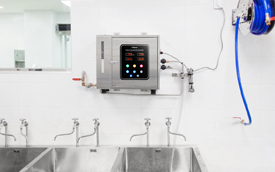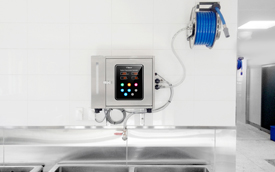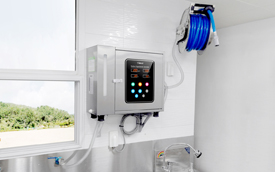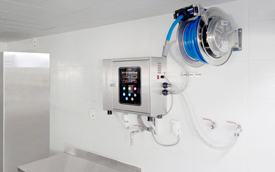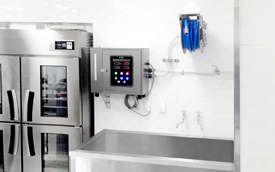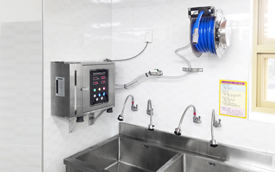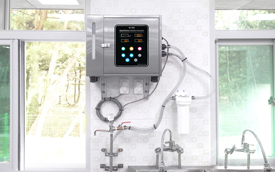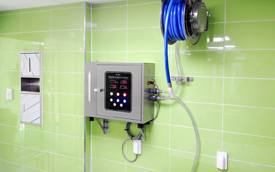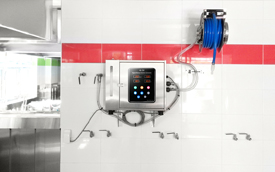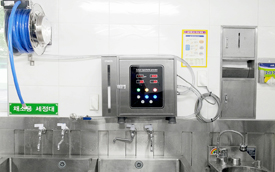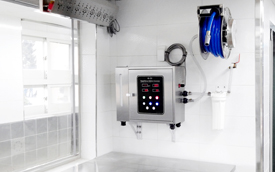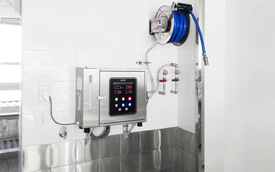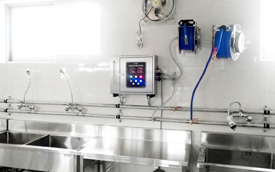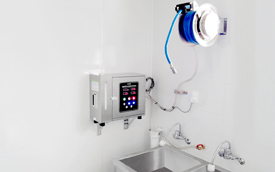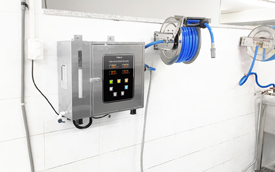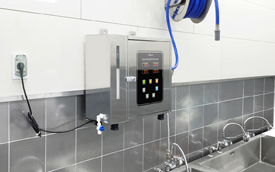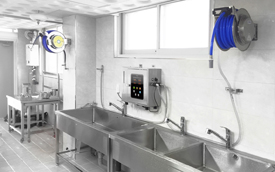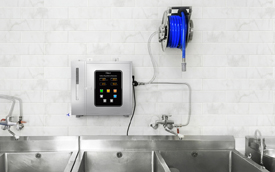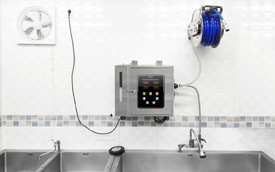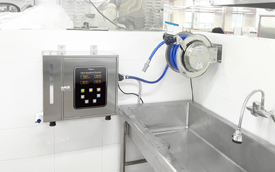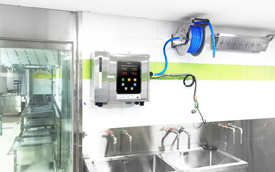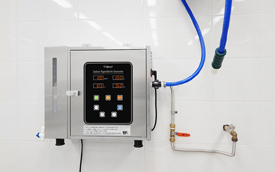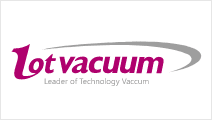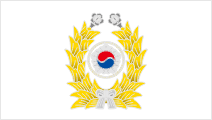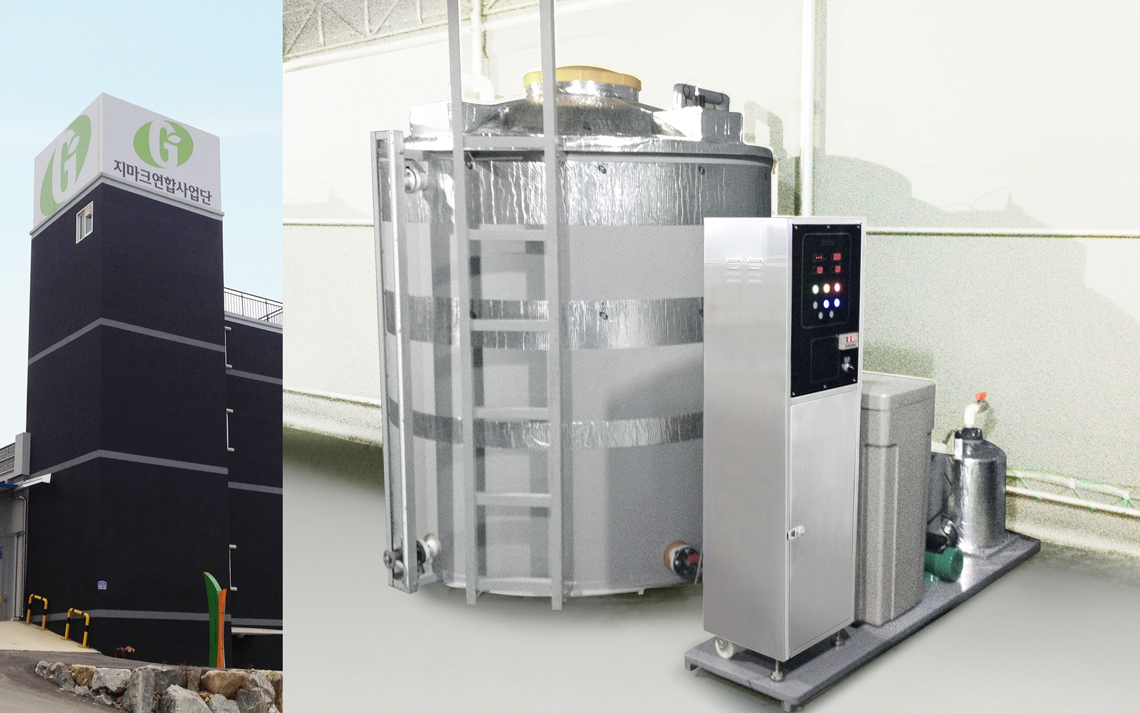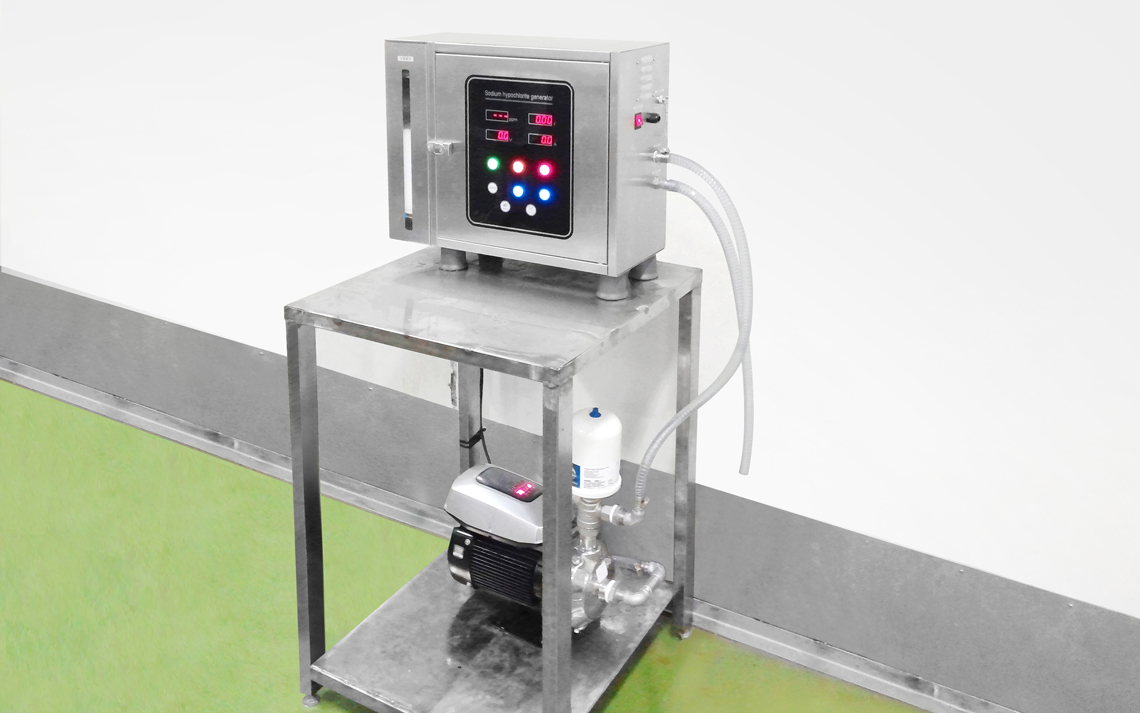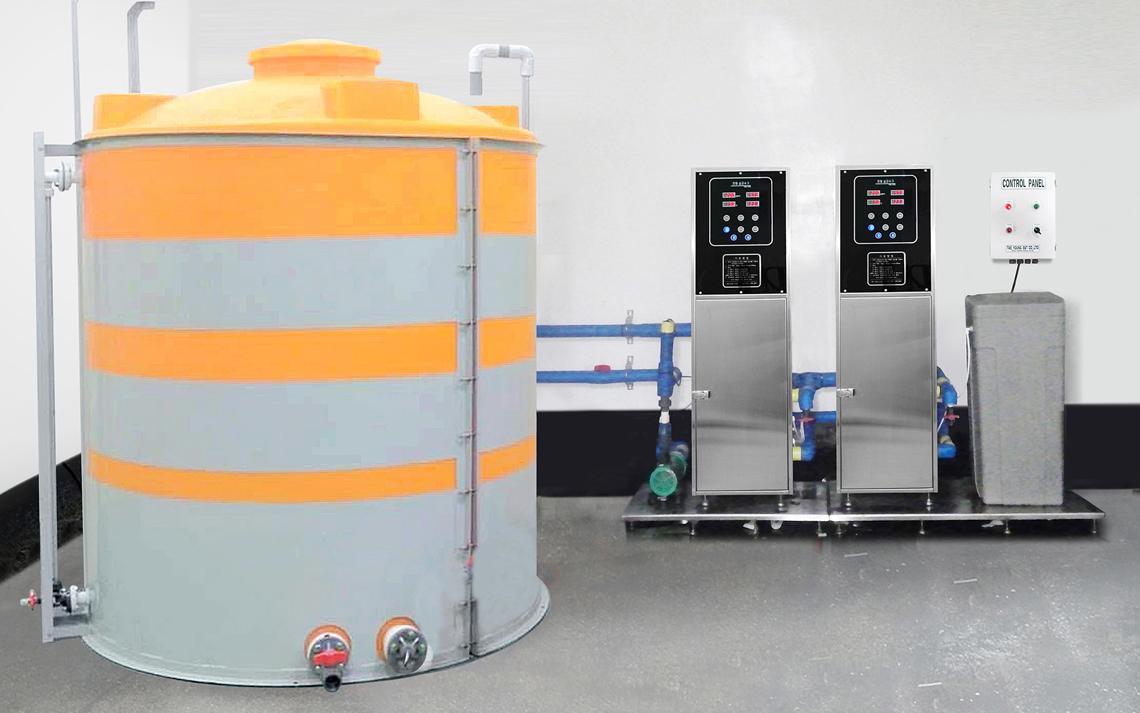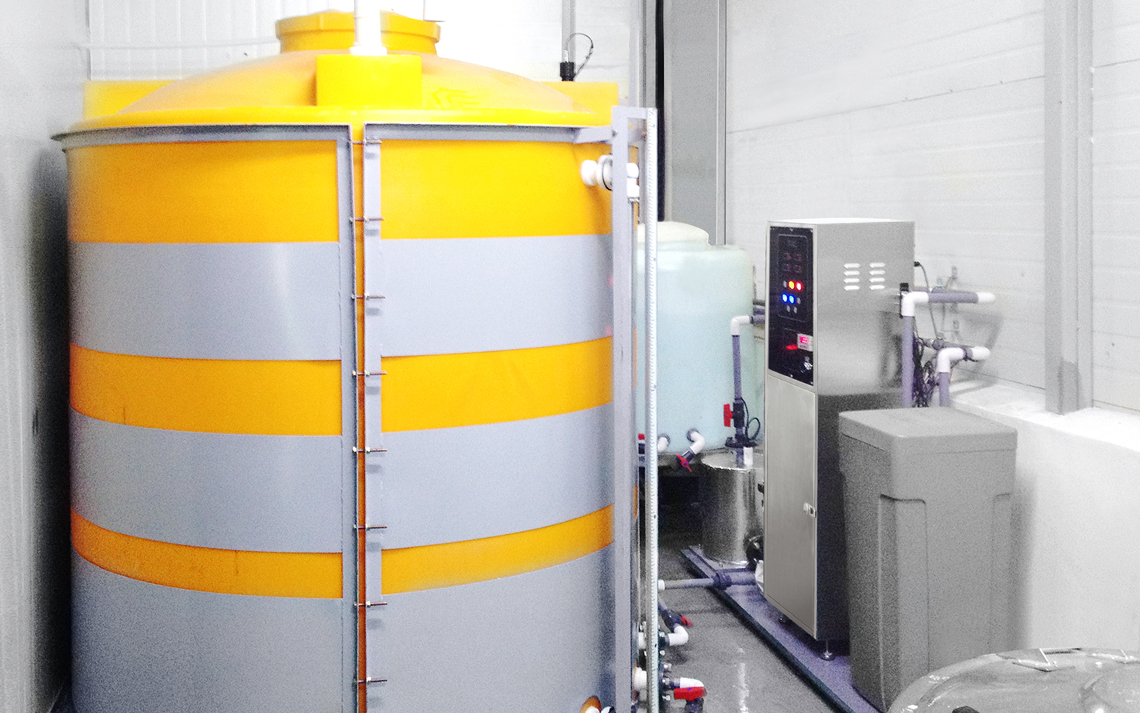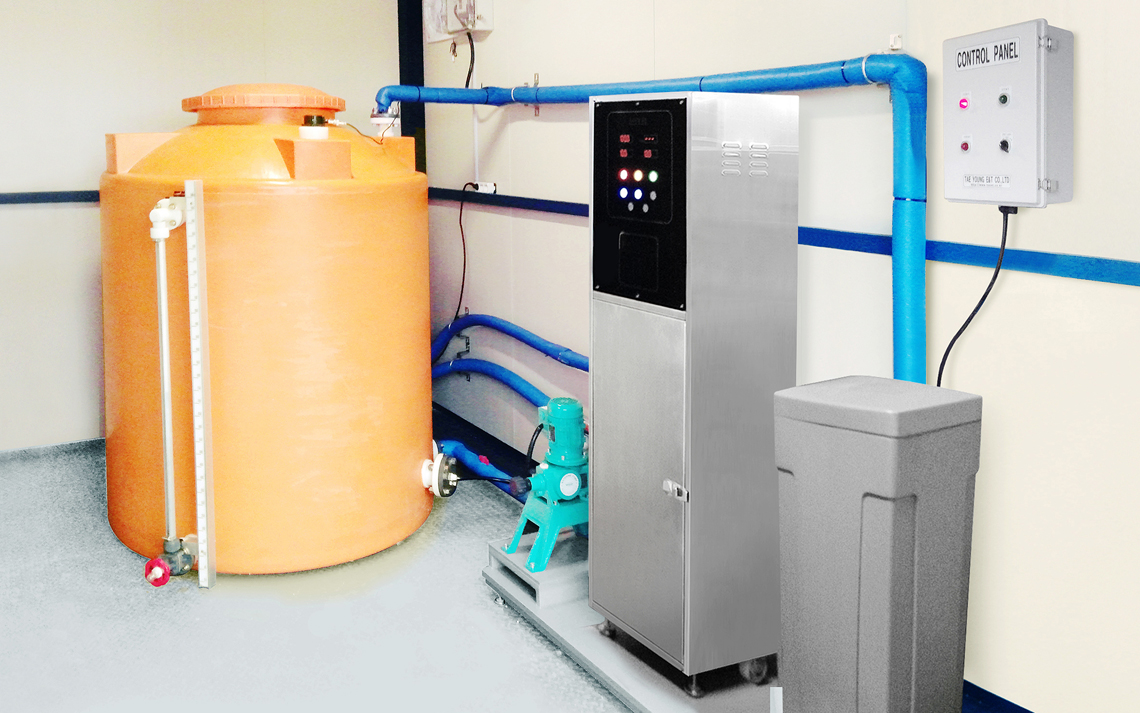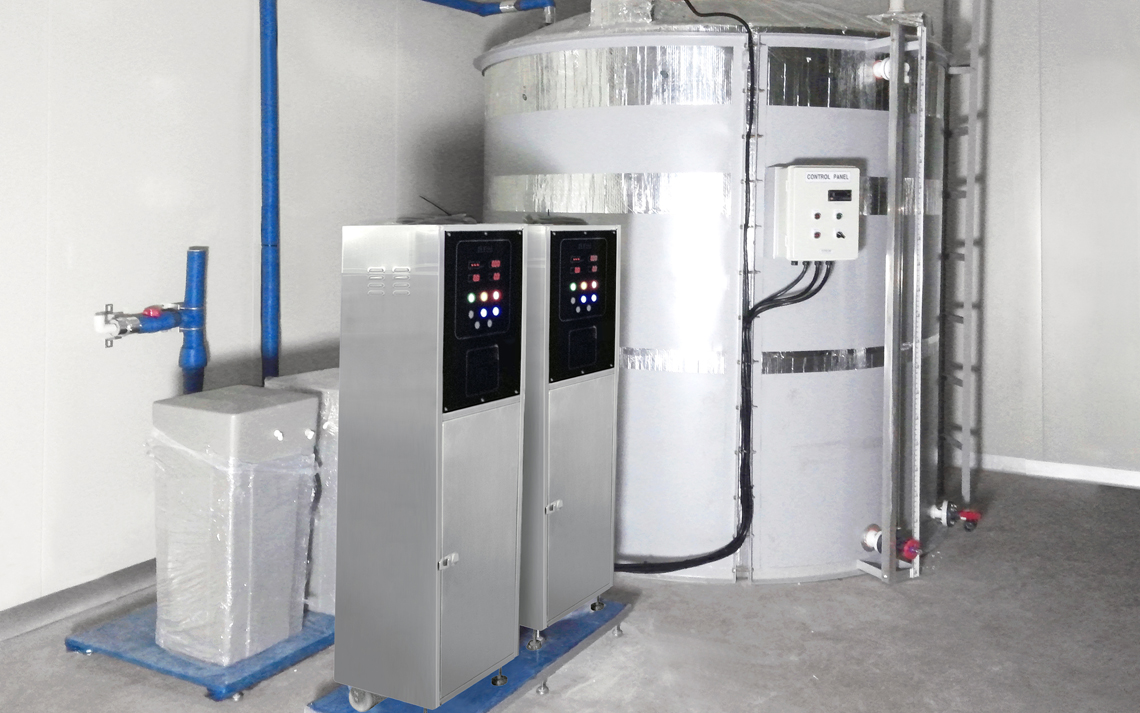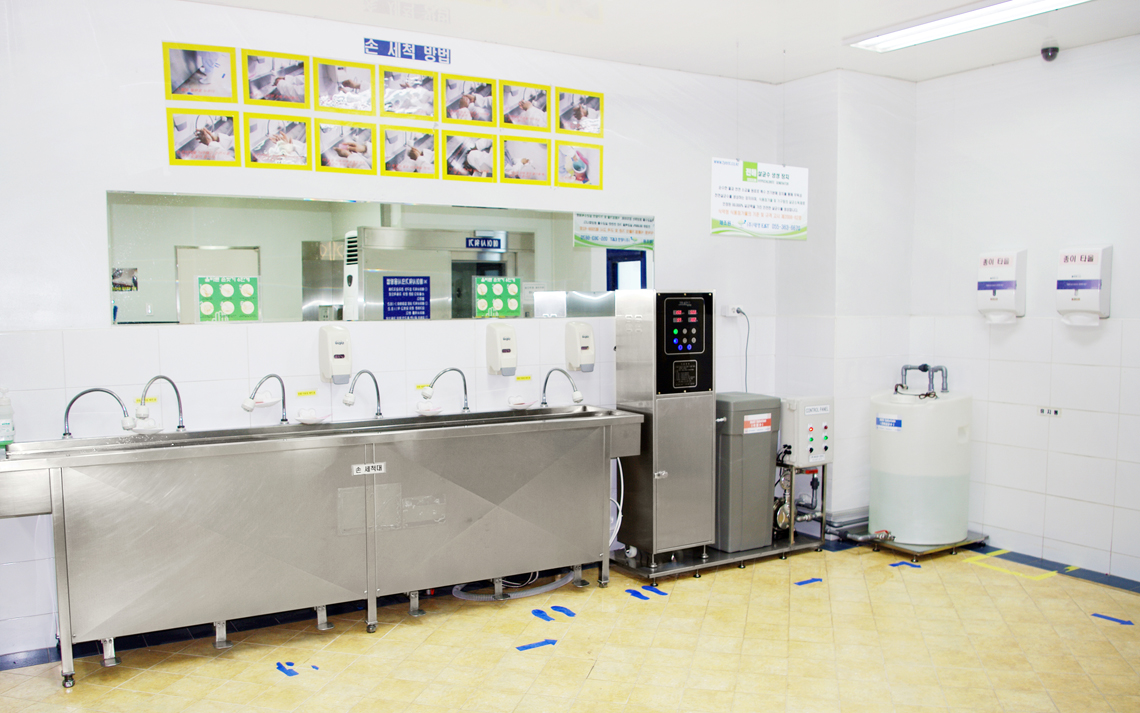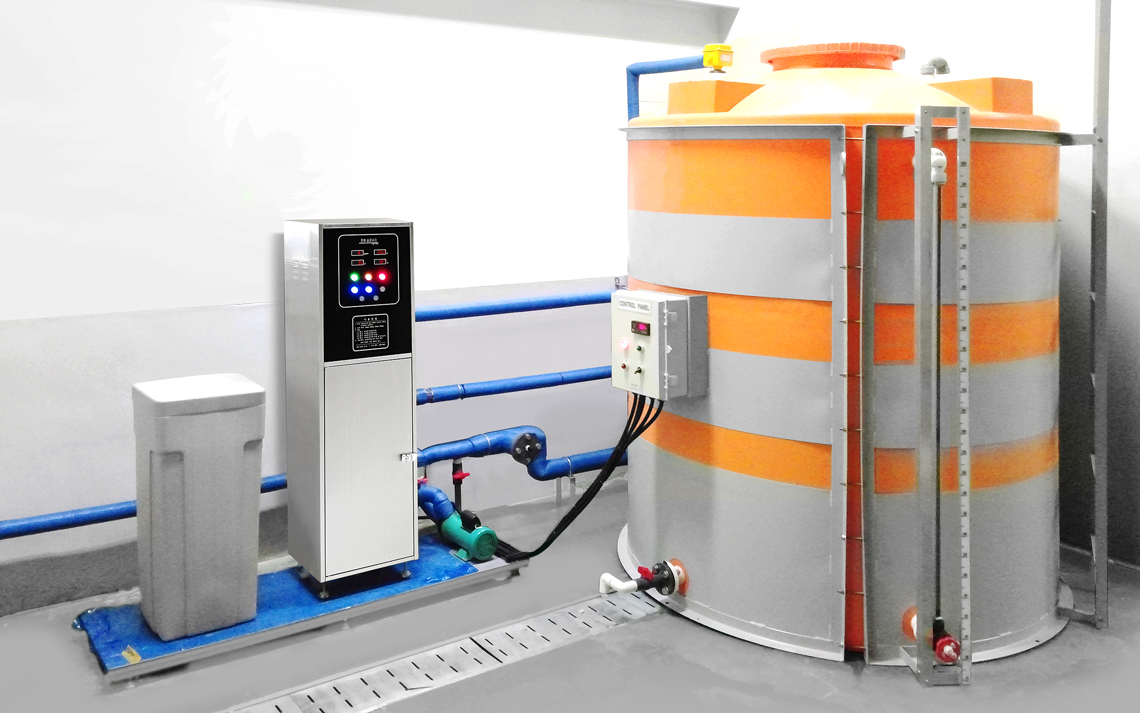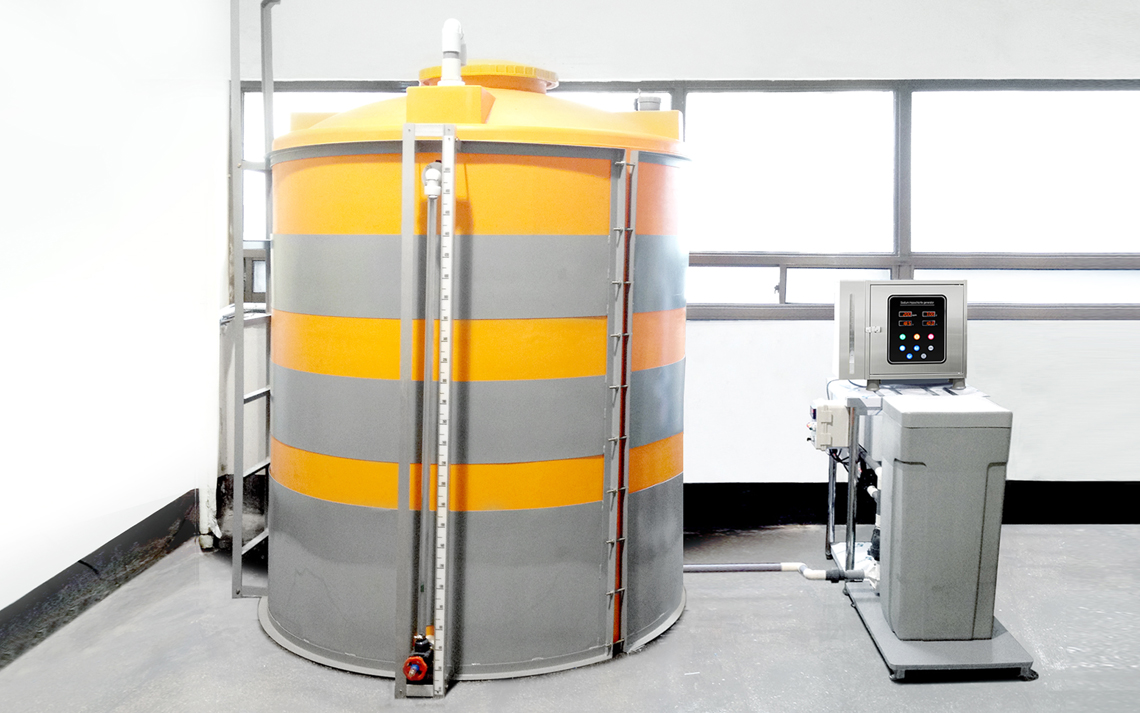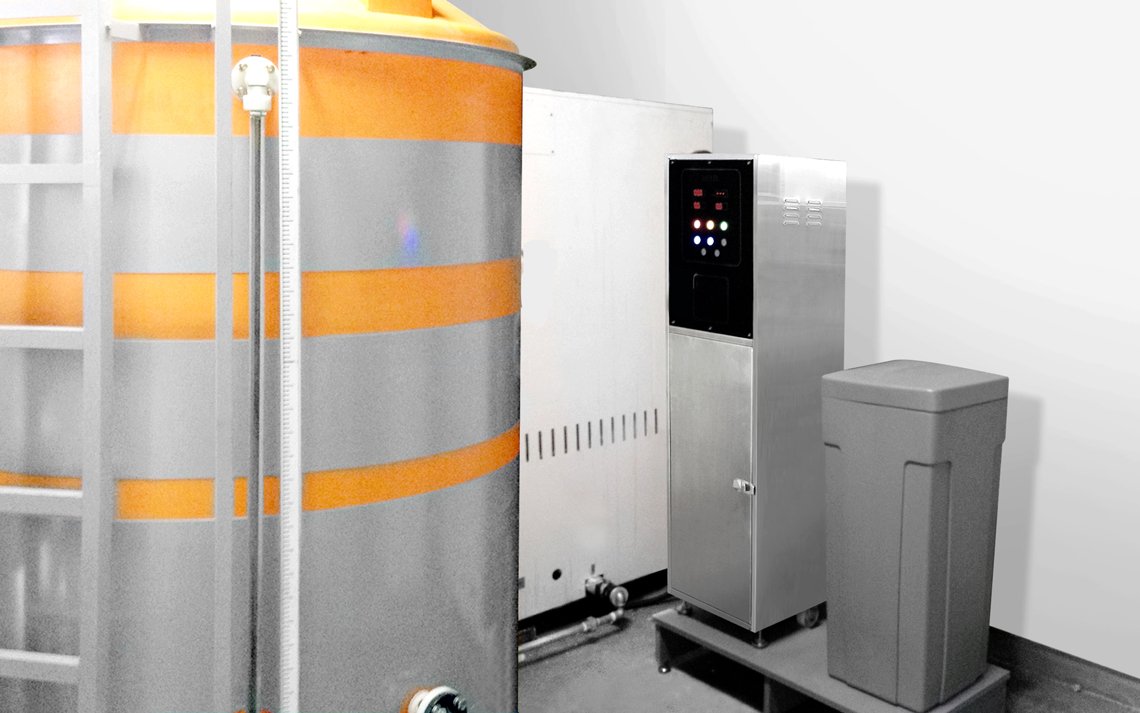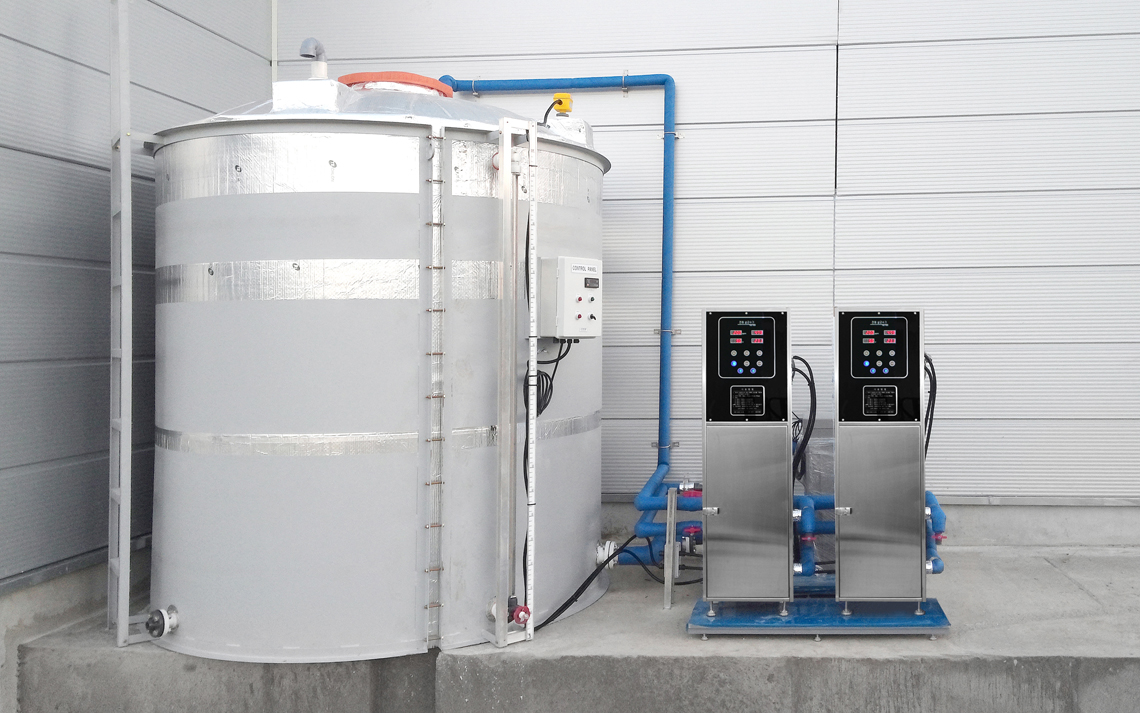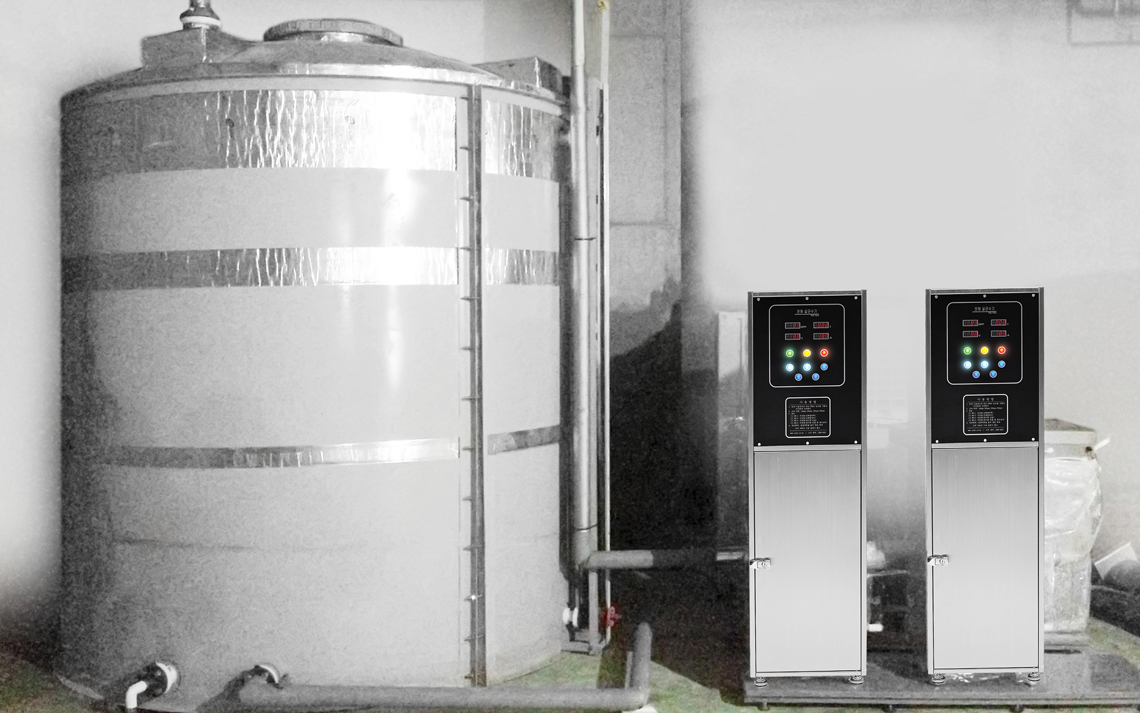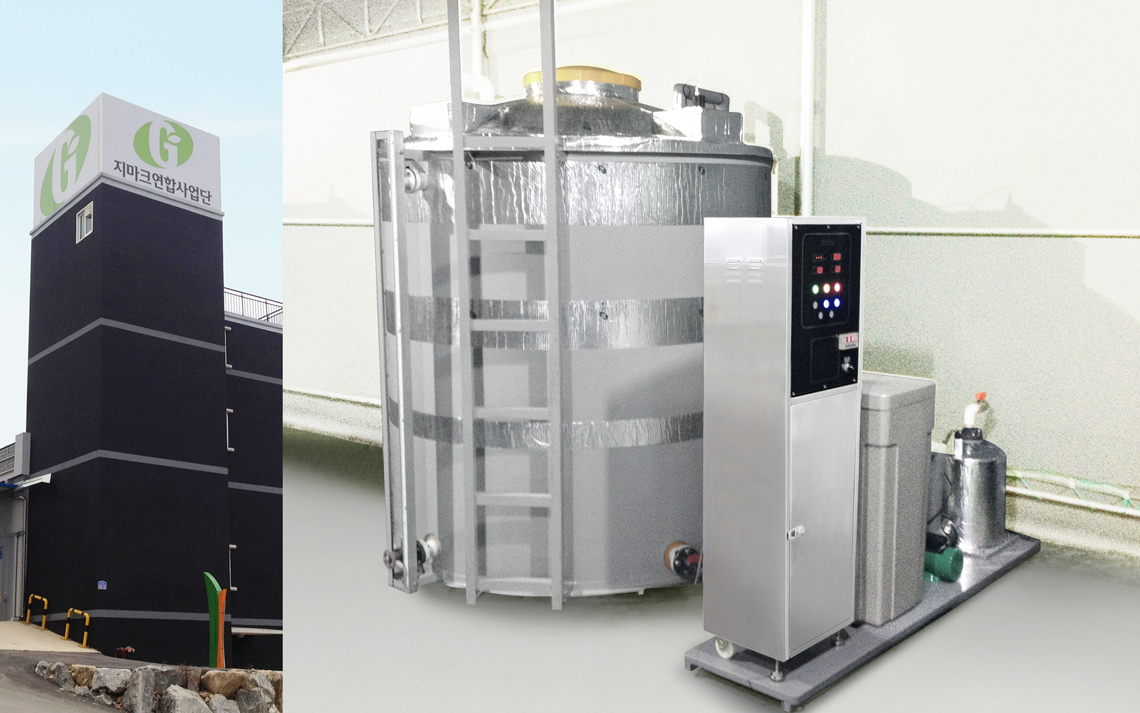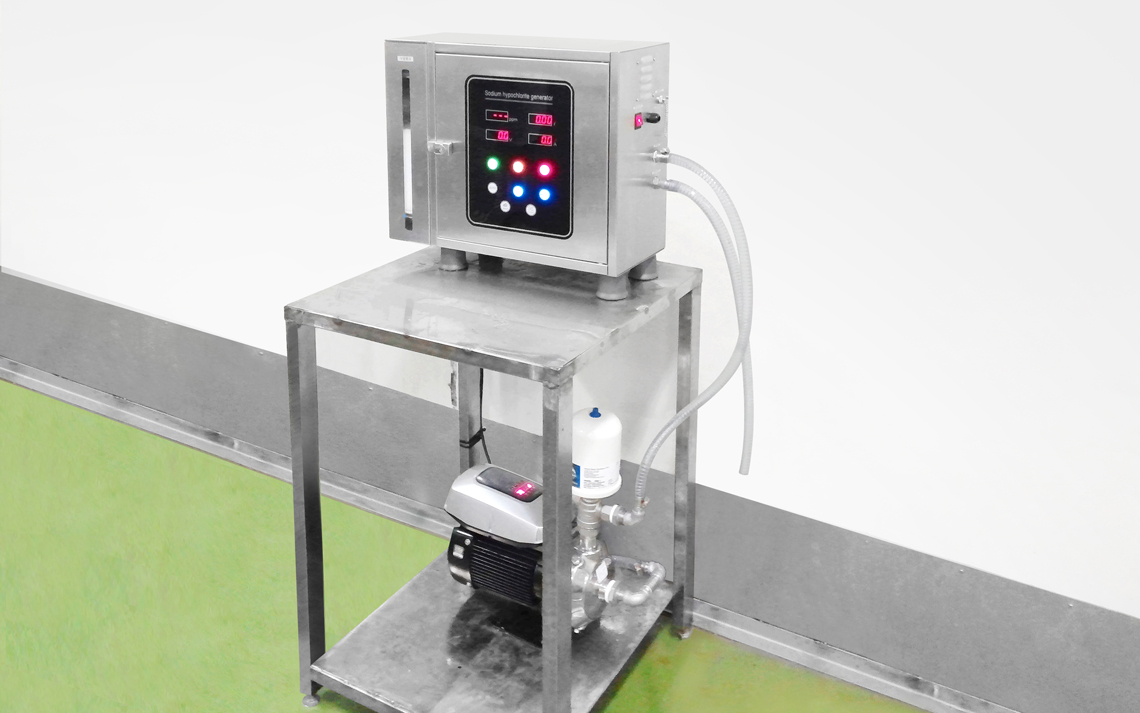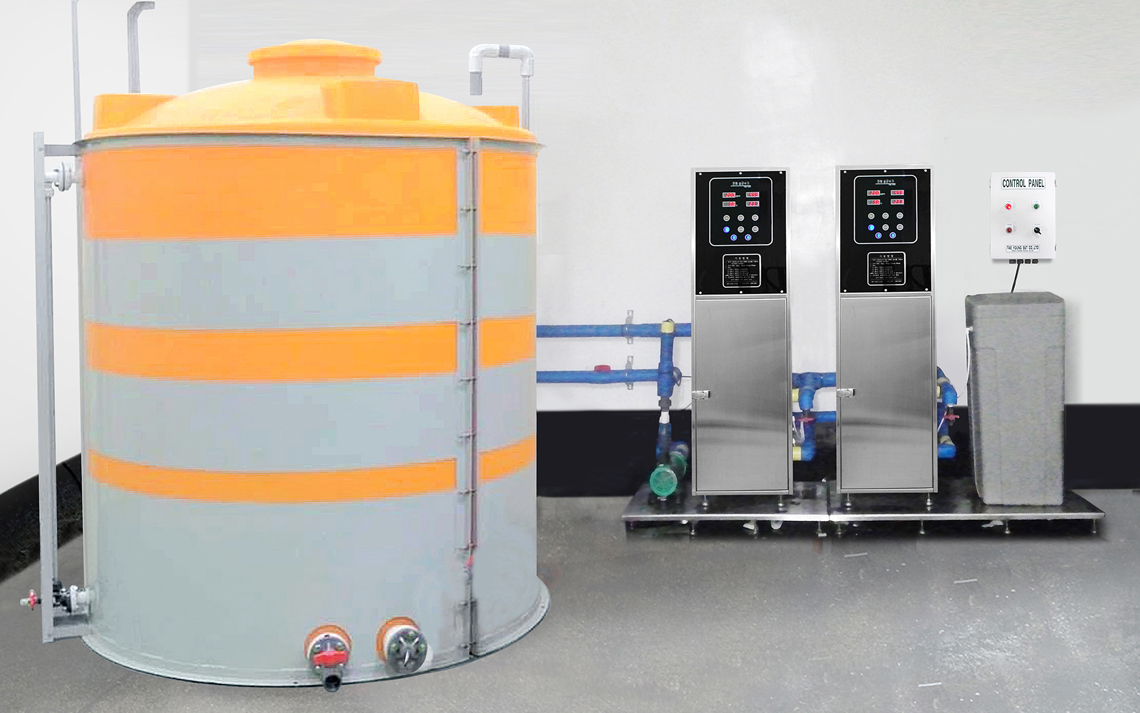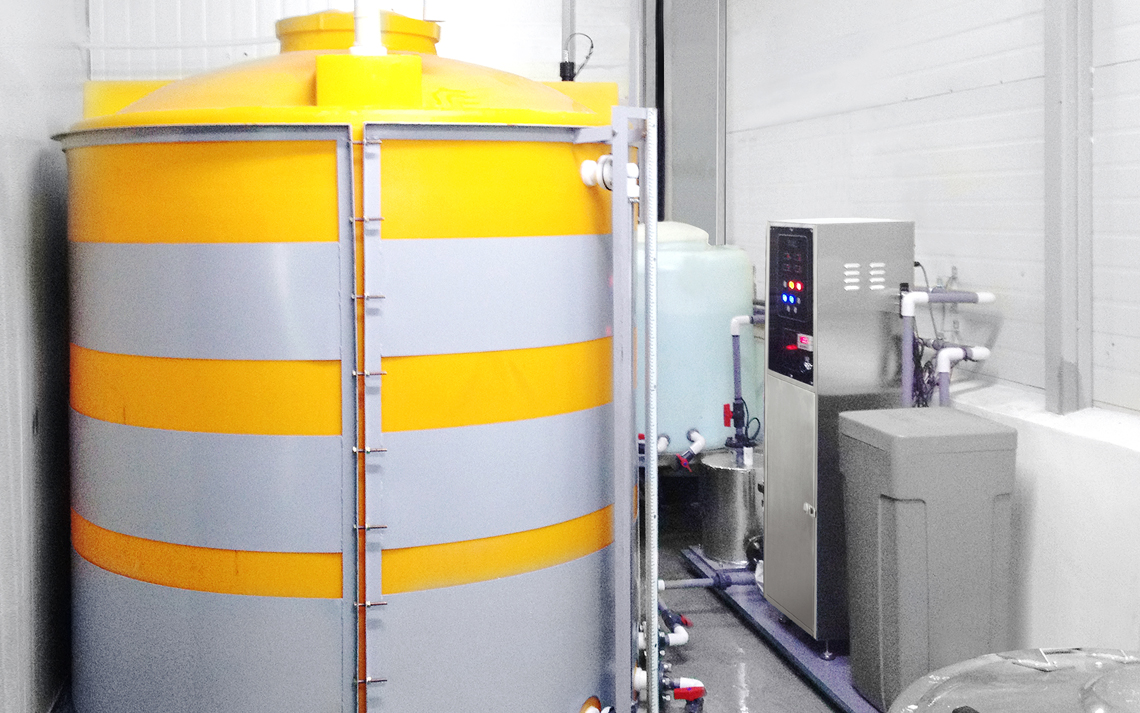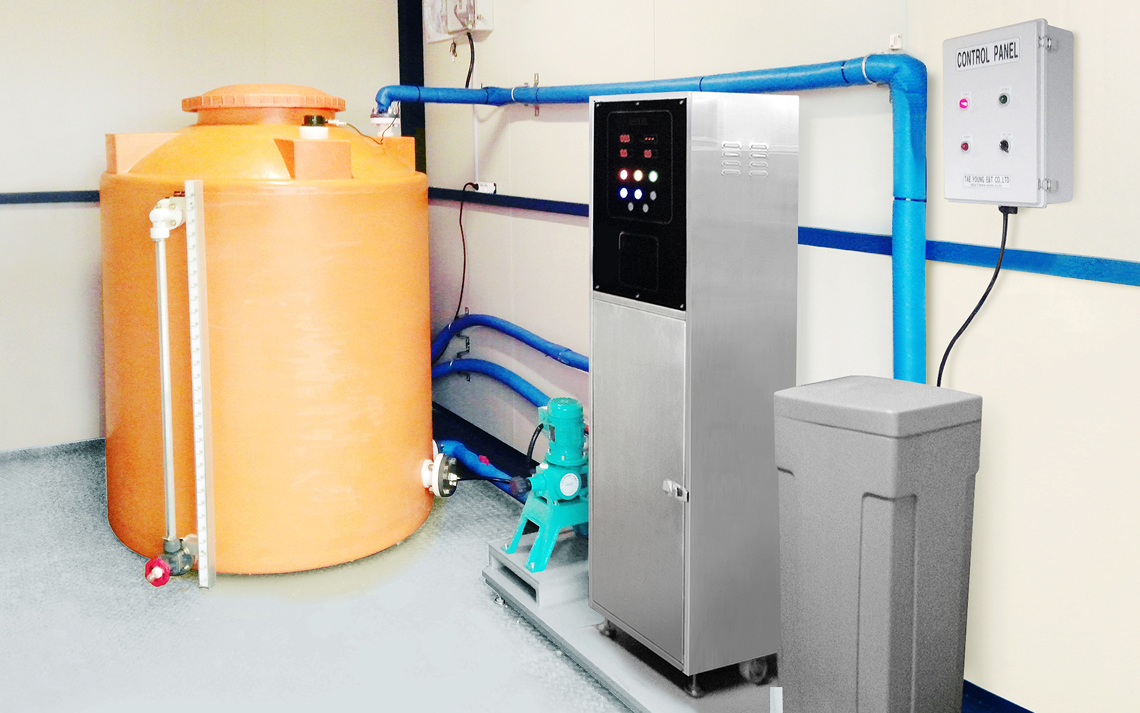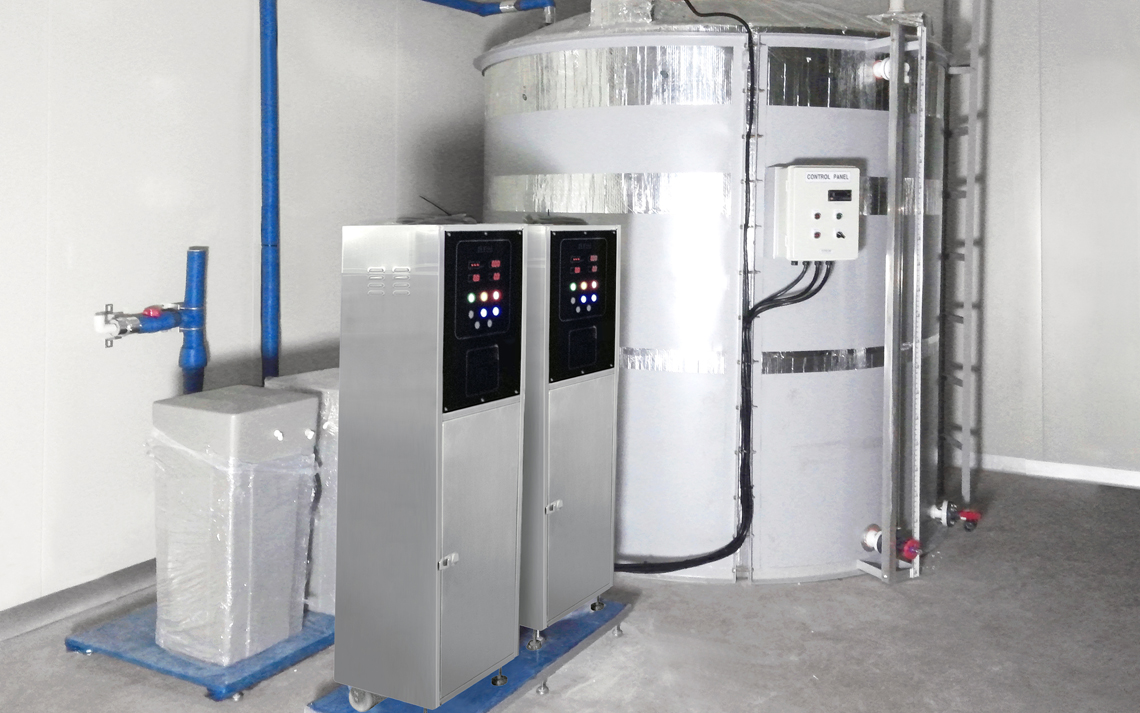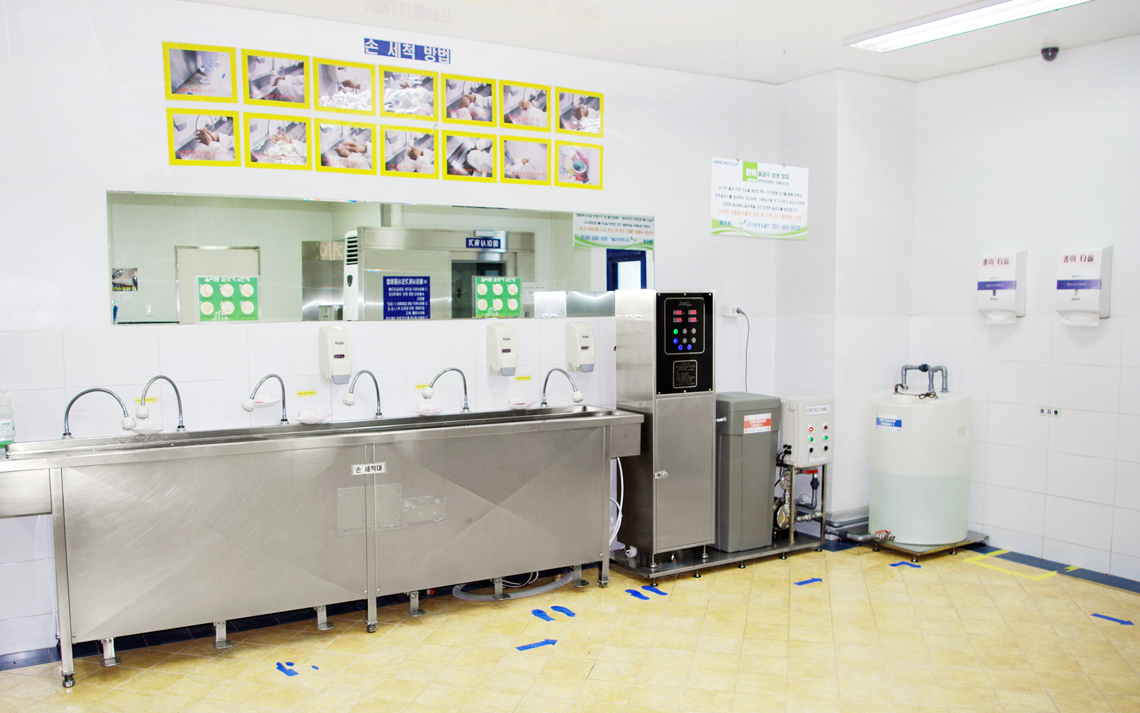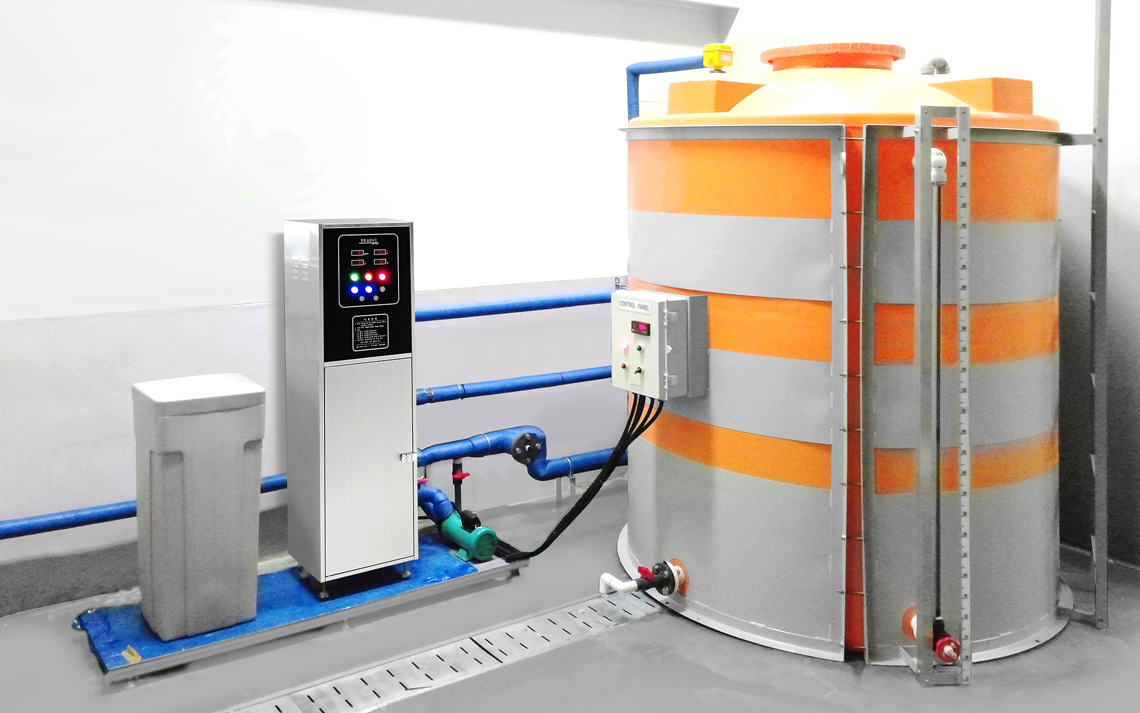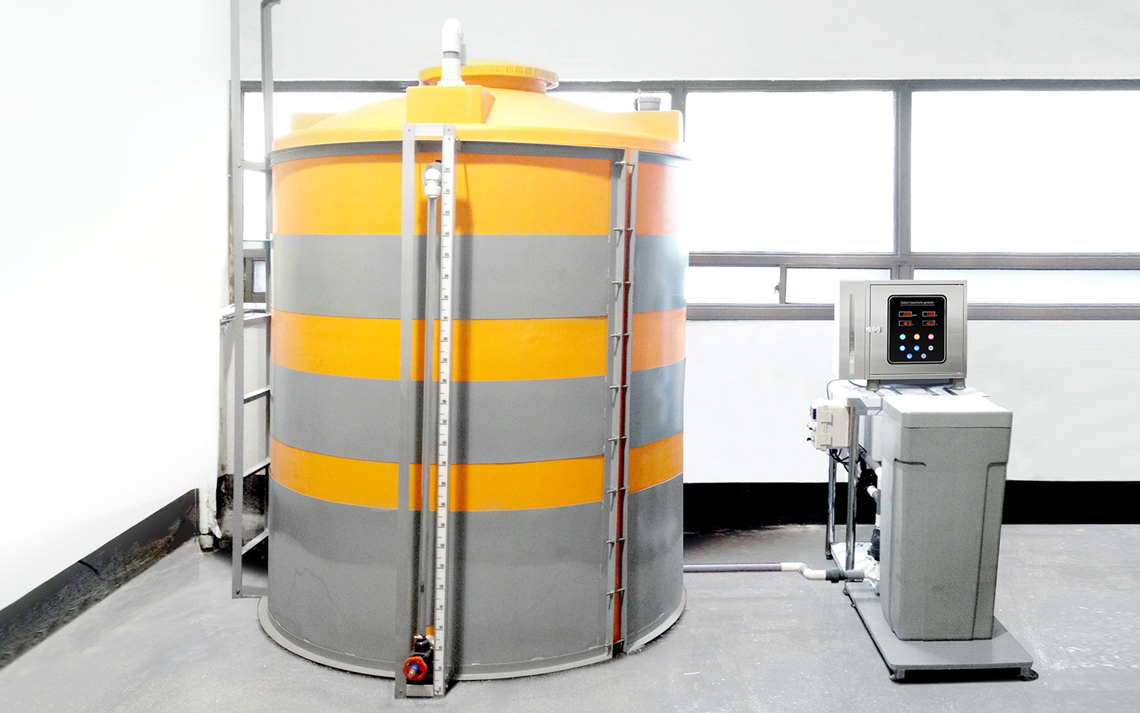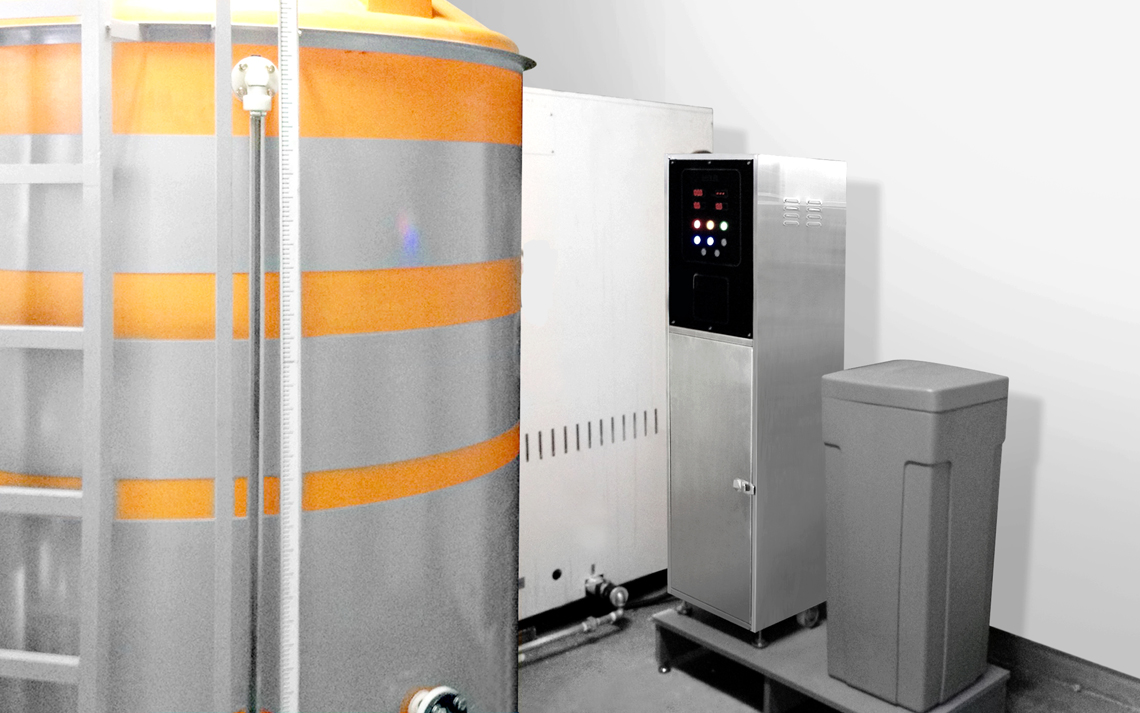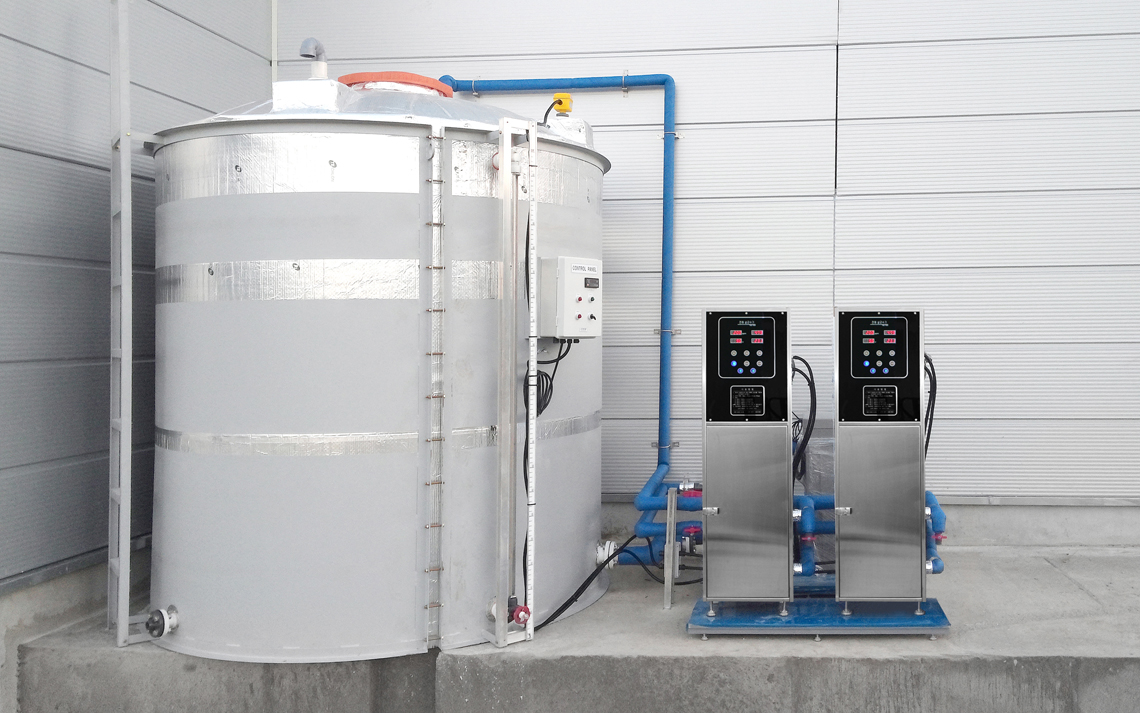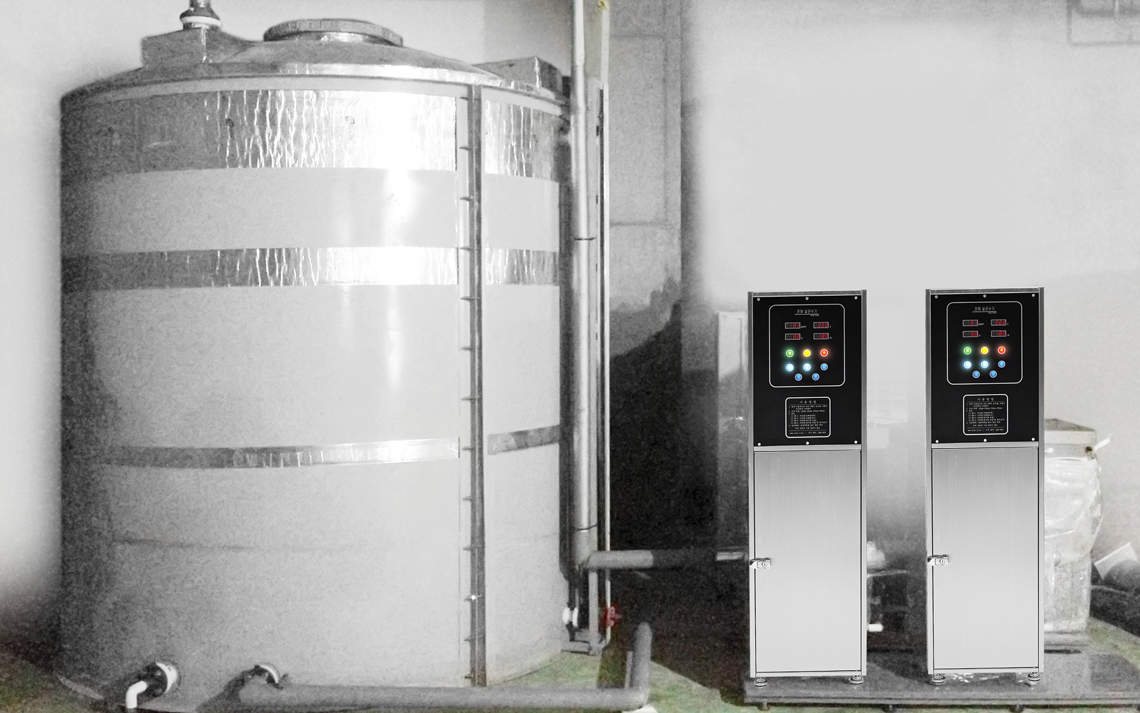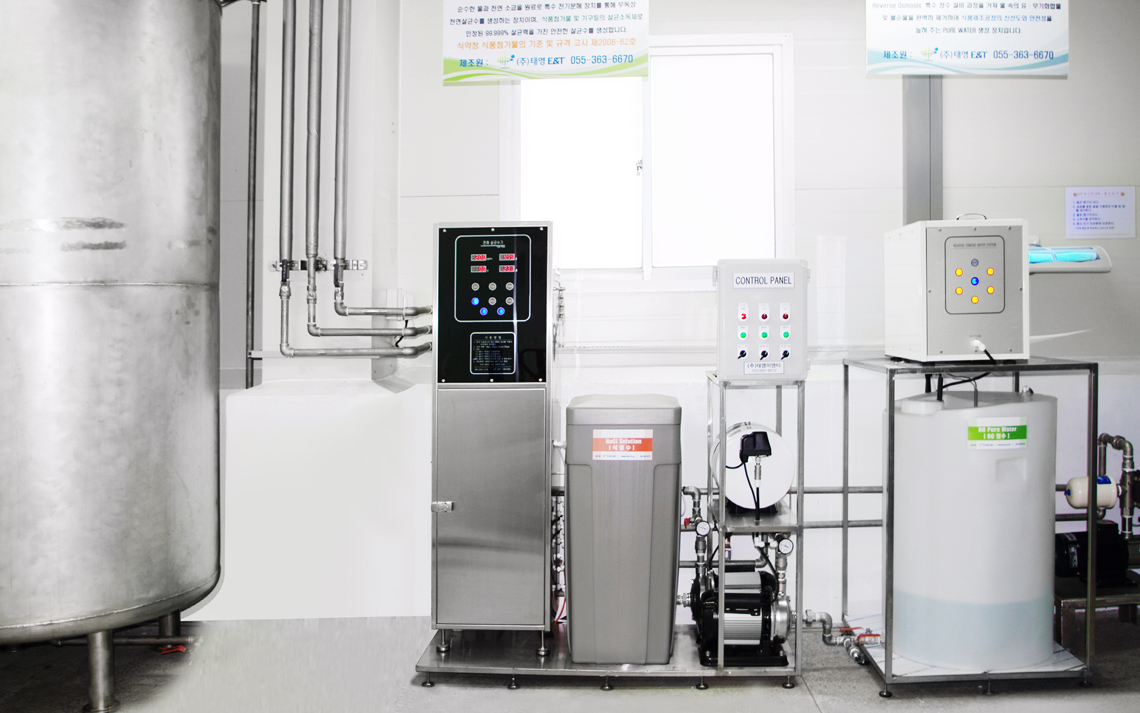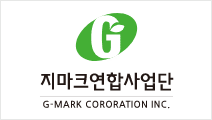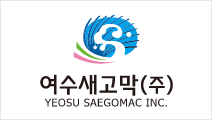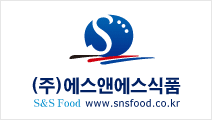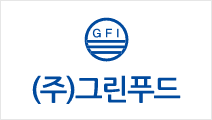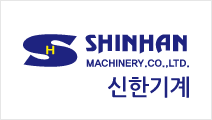
- What is a Electrolyzed sterilizing water generator?
- Information of Disinfectant
- Certificates by authorized institutions
- Installation site
What is the Electrolyzed sterilizing water generator?
Generative principle

TYENT Electrolyzed sterilizing water generator is a device that water and small quantities of electrolyte to produce an environmentally friendly sterilizing · disinfectant solution.
Sodium hypochlorite(NaOCl) and Hypochlorous acid(HOCl) which are generated during the electrolysis process, and these have been noted for its broad sterilizing power against hospital bacteria and drug-resistant bacteria and used in various fields.
This is an innovative product that provides both sanitation and safety as well as solves the problem of handling harsh, toxic chemicals that are bad for our skin as well as our environment.
-
Sodium Hypochlorite : NaCI + H2O → NaOCI + H2
-
Hypochlorous acid : 2HCI + H2O → HCI + HCIO + H2↑

- Toxic and Chemical free
- 99.9% Sterilization of bacteria, fungi, viruses after 30 seconds
- Ingredient which is registered Food additives by KFDA
-
Disinfection and Sterilization Ingredients of FDA GRAS Class
※GRAS(Generally Recognized As Safe,
CITE: 21CFR178.1010) - EPA Approval disinfection and sterilization ingredients(CFR 180.940)
- Approved disinfection and sterilization ingredients by EU, Japan, China
- COVID-19 Disinfection ingredient - CDC, WHO
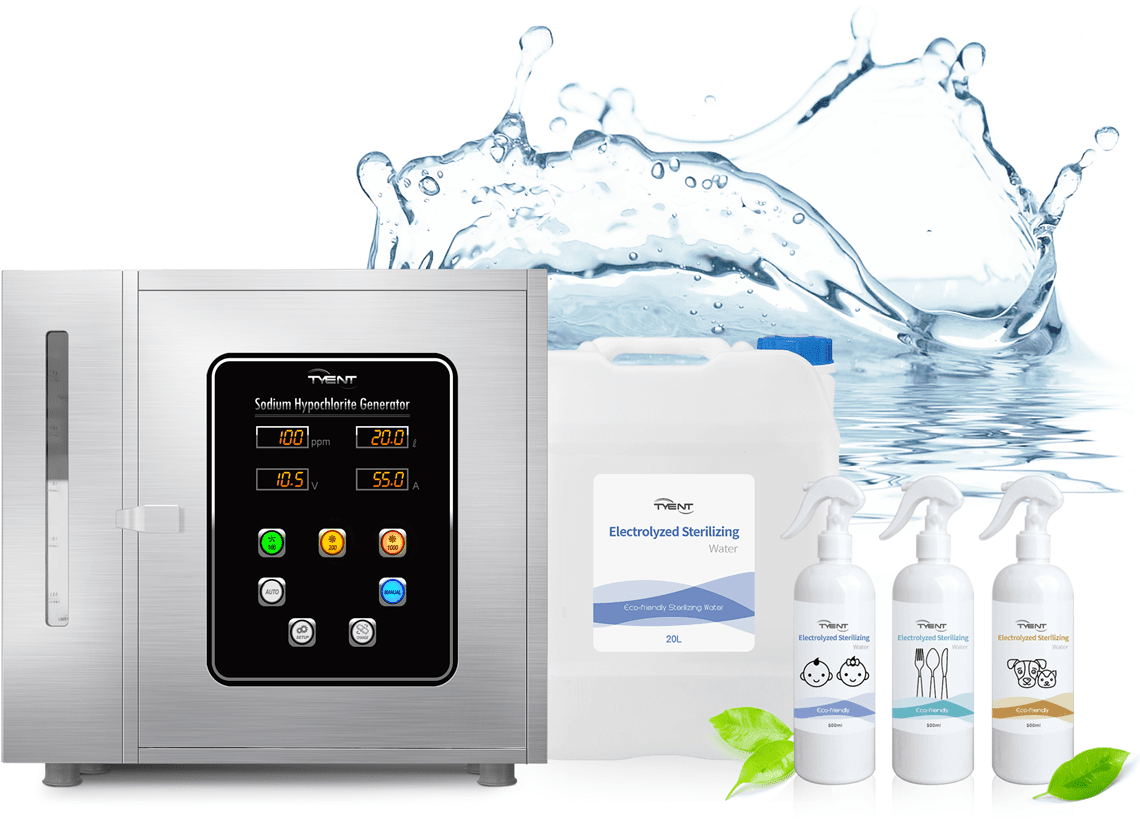
01
99.9% Sterilization after 30 seconds
-

Escherichia coli (E.coli)
The Bacteria which used as an indicator of contamination in target areas requiring cleanliness.
Can cause Food poisoning, Sepsis, Pyelitis, Diarrhea, Abdominal pain and Peritonitis. -

Staphylococcus aureus
Pathogenic bacteria that attacks the human body. It is a usual member of the microbiota of the body.
Can cause Food poisoning, Purulent inflammation, Pneumonia, and Enteritis. -

Pseudomonas aeruginosa
As a pathogen bacteria for humans, it is distributed widely in water and skin.
Cause infection such as Respiratory, Digestive and excretory organs, Burns, Wounds, etc. -
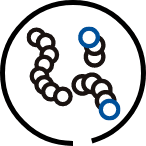
MRSA
Super bacteria
Can cause Food Poisoning, Sepsis, Pyelitis, Diarrhea, Abdominal pain and Peritonitis. -

Streptococcus pneumoniae
Spreads by direct person-to-person contact via respiratory droplets and by autoinoculation in persons carrying the bacteria in their upper respiratory tracts.
Can caused Pneumonia, Tympanitis, Bacteremia, Meningitis. -

Streptococcus
Streptococcus is found in soil, water, skin flora, and most man-made environments.
Can Cause respiratory disease and digestive problems. -
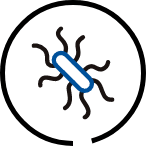
Candida
Candida is the most common cause of fungal infections in humans
Symptoms include skin issues such as eczema, psoriasis, hives, and rashes. -

Bacillus
Anaerobic bacteria widely found in eggs, seafood, meat and vegetables.
Can cause vomiting, Diarrhea, and food poisoning .
Test report for 99.9% Sterilization after 30 seconds

-
Escherichia coli 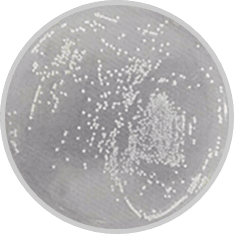
Pseudomonas
aeruginosa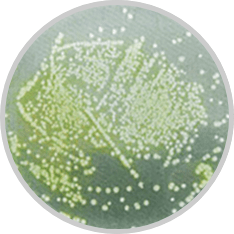
Staphylococcus
aureus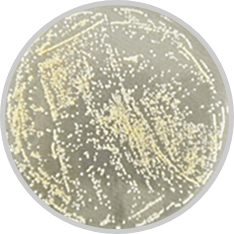
Streptococcus
pneumoniae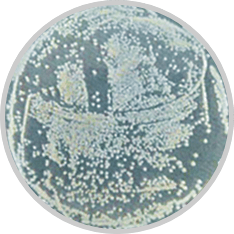
-
MRSA 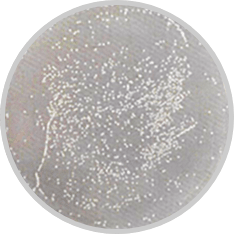
Candida albicans 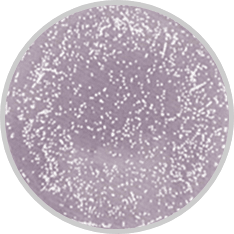
Streptococcus 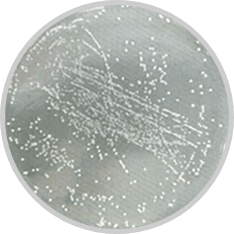
Bacillus cereus 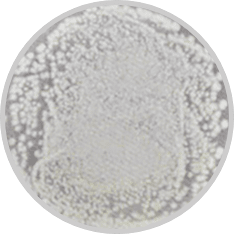
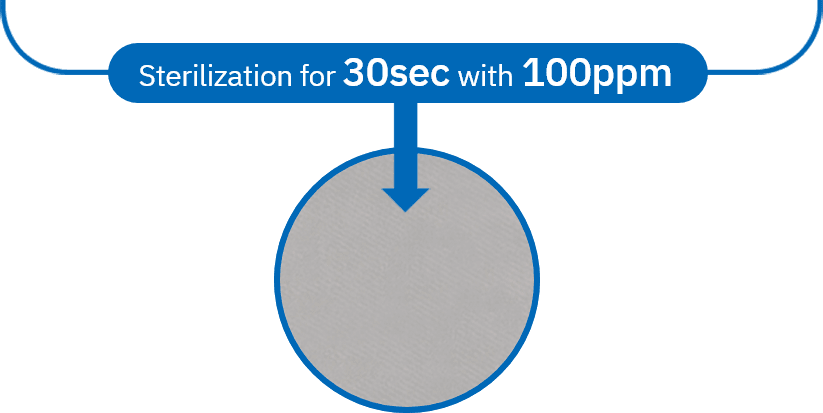
99.9% sterilization!
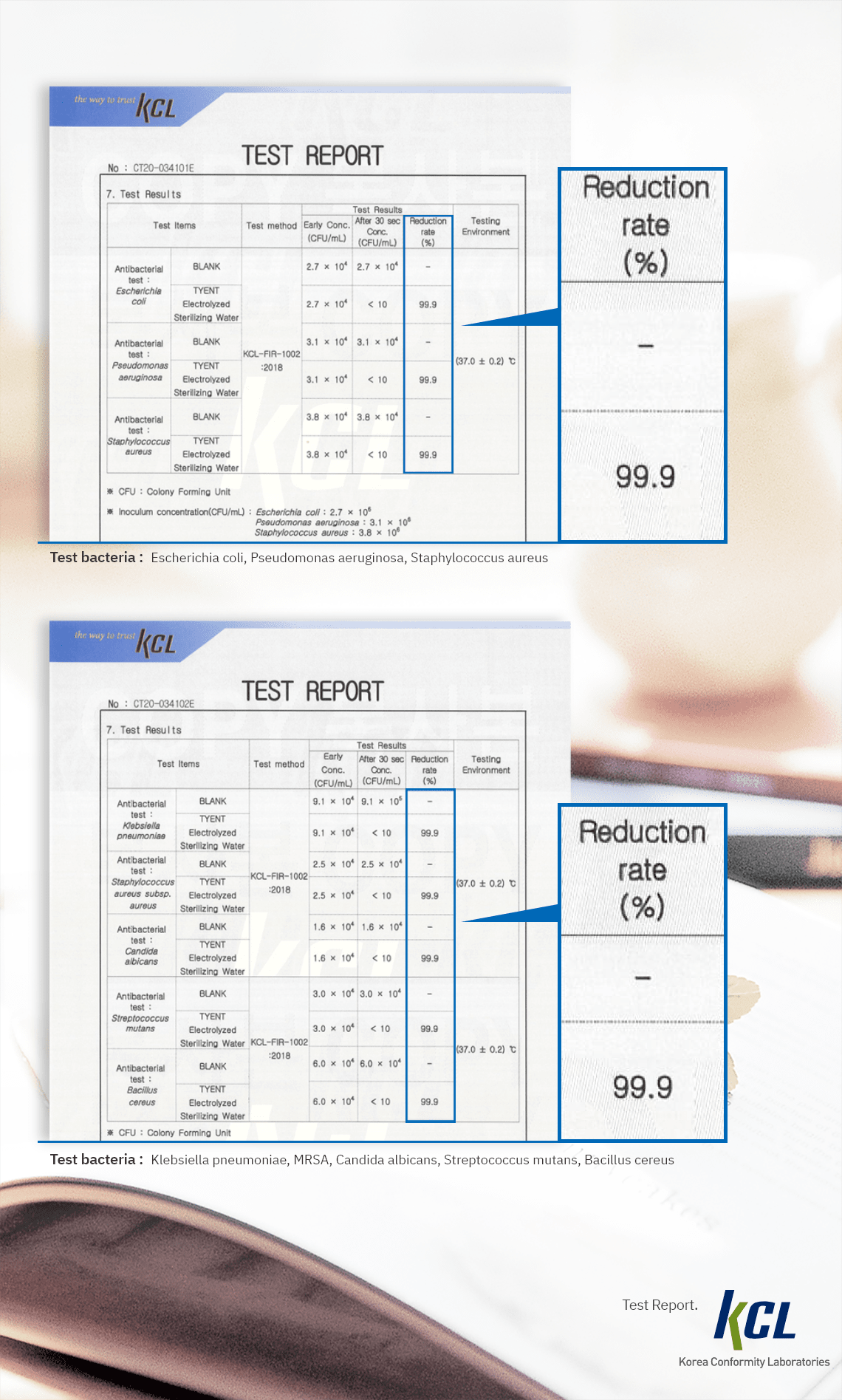

02
Toxic Free!
-
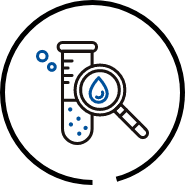
Chloroform
NO! -
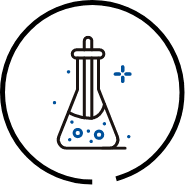
Benzene
NO! -
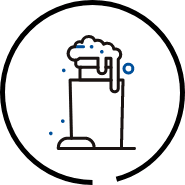
Formylaldehyde
NO! -
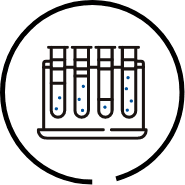
Acetaldehyde
NO! -
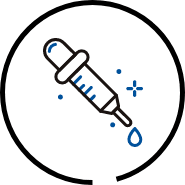
Pigment
NO! -
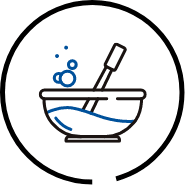
Surfactants
NO! -
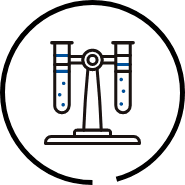
CMIT
NO! -
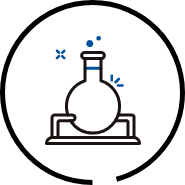
MIT
NO!
useful for disinfecting
Places exposed to patients with
coronavirus(COVID-19)

facilities and living areas exposed to patients with novel
coronavirus (COVID-19)

How to Disinfect
Sodium hypochlorite
use 500 / 1000ppm!
- · Disinfection by wiping of nonporous surfaces: a contact time of ≥ 10 minutes is recommended.
- · Disinfection by immersion of items: a contact time of 30 minutes is recommended.
Infection prevention and control during health care when
novel coronavirus (nCoV) infection is suspected
Interim guidance
25 January 2020

It is important to ensure that environmental cleaning and disinfection procedures are followed consistently and correctly. Thoroughly cleaning environmental surfaces with water and detergent and applying commonly used hospital level disinfectants (such as sodium hypochlorite) are effective and sufficient procedures. 7 Medical devices and equipment, laundry, food service utensils and medical waste should be managed in accordance with safe routine procedures.
-
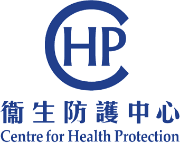
Bleach is a strong and effective disinfectant. Its active ingredient, Sodium hypochlorite, denatures protein in micro-organisms and is therefore effective in killing bacteria, fungi and viruses.
-

Interim Guidelines for Environmental Cleaning and Disinfection of Areas
Exposed to Confirmed Case(s) of COVID-19 Non-Healthcare PremisesFirst Released on 25 January 2020Revised on 04 March 2020A. Cleaning agents and disinfectants3. Bleach can be used as a disinfectant for cleaning and disinfectant (dilute 1 part bleach in 49 parts water, 1000ppm or according to manufacturer’s instructions). Bleach solutions be propared fresh. Leaving the bleach soluion for a contact time of at least 10mis is recommended.
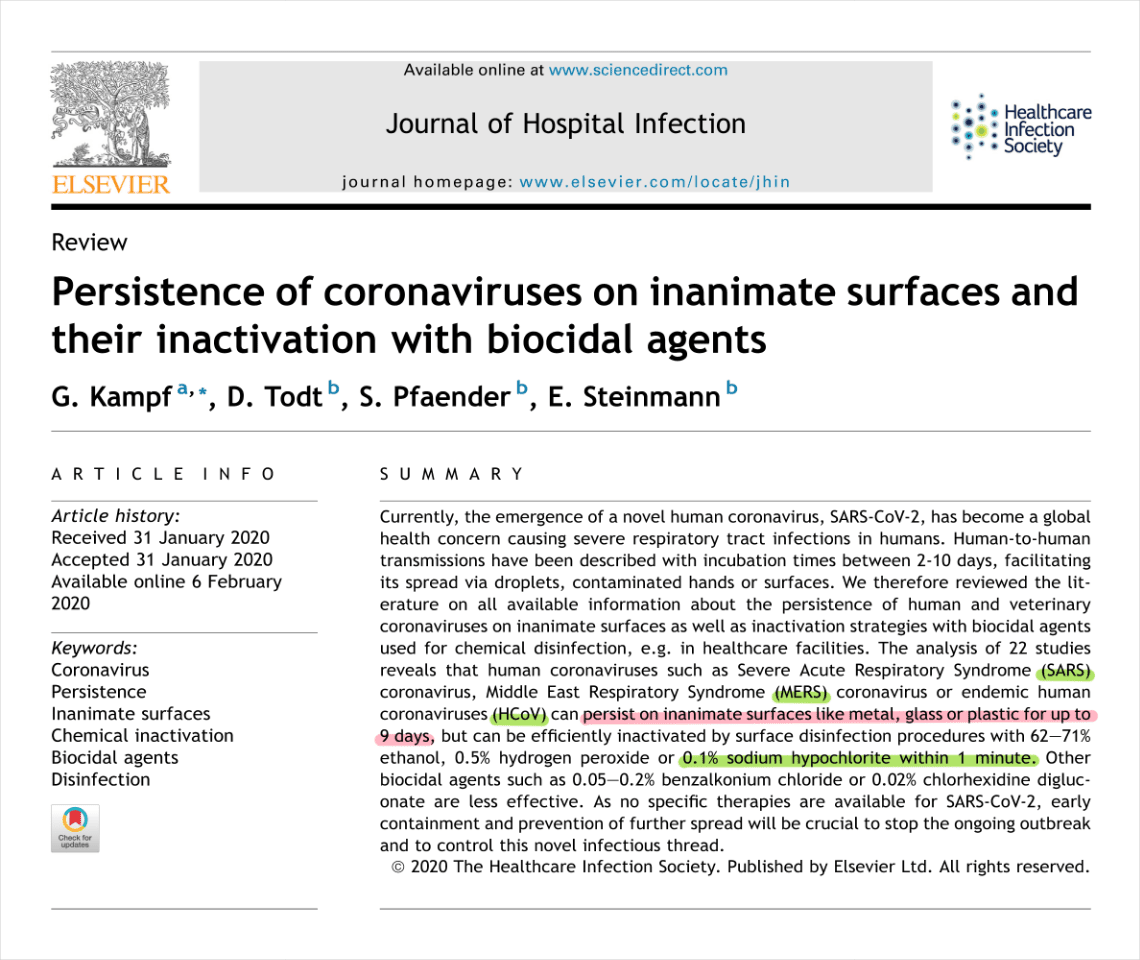
03
Place to Use
Information of disinfectants
What is food additives?
Food additives are substances added or mixed in the process of food processing or preserving flavor or enhance its taste and appearance.
In this case, food additives are used to sterilize apparatus so that substances could be moved to food indirectly.

The disinfectants are divided into food additives(sterilizer) that can be used in food and disinfectants used in apparatus.
It must be used specified ingredients by Korea Food Additives Code for using to food and apparatus.
-
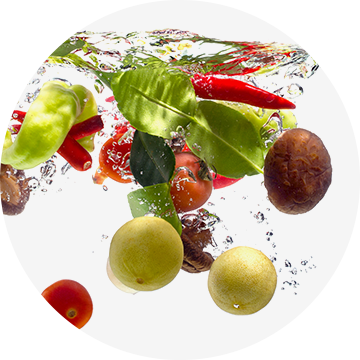
Food additives(sterilizer) - For food
Must be used on the fruits, vegetables
and other foods labeled "food additive",
and must be removed completely before cooking the food.[Food Sterilizing process] [Fruits]
[Vegetables] [Poultry] [Fish and Eggs] -
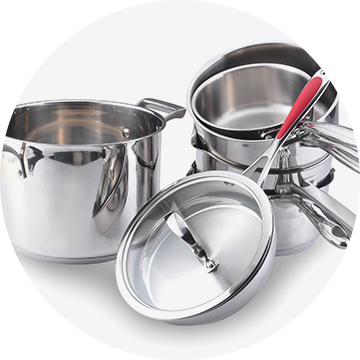
Disinfectants for furniture
and others- For apparatusMust be used on the products that are labeled
as “disinfectants for furniture and others” and
must follow the standards of the use on each products.[Sanitizing apparatus] [Gloves] [Workers]
[Kitchen utensil and equipment] [wall, floor, drain]
The standards of sterilization
When treated with disinfectant diluted to the use concentration at 20±1℃ for 5 minutes ±10 seconds, the initial microbial content (cfu/ml) of Escherichia coli (ATCC 10536 or ATCC 11229) and Staphylococcus aureus ATCC 6538 should be reduced by more than 99.999%.
| Sterilization standard for food | |
|---|---|
| The name of food additive | Sodium Hypochlorite |
| Synonym | Hypochlorite |
| Chemical formula | NaOCl |
| Molecular weight | 74.45 |
| Definition | It is effective component that is contained sodium hypochlorite and also include acquiring saline solution by electrolysis |
| Content |
It contains over 4.0% of available chlorine. Saline solution which is acquired by electrolysis contains over 100ppm of available chlorine. |
| Description | It has a chlorine odor as a light greenish yellow liquid. |
| verification test |
(1) It appears yellow color when staining test. (2) It generates gas when adding the dilute hydrochloric acid. (3) If you put red litmus paper into this item, it will turn to blue and then fade away. |
| Quantitative method |
After weighing 3g of this item with accuracy, add 50ml of water and then 2g of potassium iodide and 10ml of acetic acid and titrate the liberated iodine with 0.1N Sodium thiosulfate standard solution. (Indicator: Starch test solution) perform a blank test separately in the same method. But take exactly 10ml of the sodium hypochlorite produced by apparatus for preparing sodium hypochlorite, add 50ml of water and then 1g of potassium iodide and 10ml of acetic acid and titrate the liberated iodine with 0.01N sodium thiosulfate standard solution. Na2S2O3 solution |
| Use standard of sodium hypochlorite |
Do not use sodium hypochlorite for purpose other than disinfection of food such as fruits, vegetables, etc. and it should be removed before the final products is completed. But, it shall not be used for sesame. |
| Standard for devices | |
|---|---|
| The name of food additive | Sodium Hypochlorite |
| Synonym | Hypochlorite |
| Chemical formula | NaOCl |
| Molecular weight | 74.44 |
| Definition |
It is a device which generates sodium hypochlorite as an effective component, Including saline solution by electrolyzation. |
| Description | It has a chlorine odor as a light greenish yellow liquid |
| Verification test |
(1) Use diluted solution added with water to contain 50 ~ 100㎍ active chlorine in each 1ml of This item as a test solution. Separately, use sodium standard solution produced after taking 0.5mL of undiluted sodium standard solution and adding water to make it total 100mL. When tested according to the Atomic Absorption Spectroscopy by using sodium standard solution and test solution, the peak of the sodium should be checked. (2) When 1ml of sodium hydroxide solution (1→2,500) and 0.2mL of potassium iodide solution added into 5mL of test solution in (1), the liquid turns to yellow and then to dark blue when 0.5mL of starch test solution is further added. (3) When 0.1ml of potassium permanganate (1→300) added into 5mL of test solution in (1) and again 1mL of sulfuric acid (1→20) added into the liquid, the red purple color of the liquid does not fade away. (4) The liquid produced by adding 100mL of sodium hydroxide solution (1→5) into 90mL of test solution in (1) has a maximum absorption area in the wavelength ranging 290 ~ 294㎚. |
| Test of sterilizing power | This item should be suitable for Assessment of Quantitative Suspension Tests of Sanitizers and Disinfectants. |
| Use standard of sodium hypochlorite |
Less than 200ppm [The device for restaurant business, food service facilities] Less than 200ppm [The device for brassware] Less than 200ppm [Manufacture of a food, Mechanism for food] |
| Sterilization standard for food | |
|---|---|
| The name of food additive | Hypochlorous acid water |
| Chemical formula | HOCl |
| Definition | This subject is obtained by electrolysis of Hydrochloric acid or saline solution, and refers to an aqueous solution containing hypochlorous acid as effective component. This subject contains strong acid hypochlorous acid water(aqueous solution obtained from the positive poles and negative poles by electrolyzing 0.2% or less sodium chloride aqueous solution in a diaphragm electrolyzer separated by an positive poles and negative poles separated by a diaphragm), subacidity acid hypochlorous acid water(Aqueous solution obtained from the positive poles by electrolyzing an aqueous sodium chloride solution with an appropriate concentration in a diaphragm electrolyzer composed of positive poles and negative poles separated by a diaphragm, or an aqueous solution obtained from the weak electrode added with the aqueous solution obtained from the negative poles) and weak acid hypochlorous acid water(aqueous solution obtained by electrolyzing an aqueous solution adjusted to an appropriate concentration by adding an aqueous sodium chloride solution to hydrochloric acid or hydrochloric acid in a non-membrane electrolyzer). |
| Content | When this subject is quantified, strong acidic hypochlorous acid water should contain 20 to 60 ppm of available chlorine subacidity acidic hypochlorous acid water should contain 10 to 60 ppm of available chlorine, and weak acidic hypochlorous acid water should contain 10 to 80 ppm of available chlorine. |
| Description | This subject is a colorless liquid and odorless or with faint odor of chlorine. |
| verification test |
(1) When 1 mL of sodium hydroxide solution (1→2,500) and 0.2 mL of potassium iodide TS are added to 5 mL of Sodium Oxide, the solution turns yellow, and when 0.5 mL of starch solution is added again, it turns dark blue. (2) When 0.1 mL of potassium permanganate solution (1→300) is added to 5 mL of Sodium Chloride, and 1 mL of sulfuric acid (1→20) is added to this solution, the reddish-purple color of the solution does not fade. (3) A solution obtained by adding 100 mL of sodium hydroxide solution (1→5) to 90 mL of Sodium Hydroxide has a maximum absorption at a wavelength of 290 to 294 nm. |
| Quantitative method | Weigh 200g of Calcium Dioxide precisely, add 2g of potassium iodide and 10mL of acetic acid (1→4), immediately seal and leave in a dark place for 15 minutes, and titrate the liberated iodine with 0.01M sodium thiosulfate solution (Indicator: starch solution). Separately, a blank test is performed in the same way. 0.01M sodium thiosulfate solution 1mL = 0.35453mg Cl |
| Use standard of HOCl | Hypochlorous acid water must be used only for the purpose of sterilizing foods such as fruits and vegetables, and must be removed before the final food is completed. |
| Sterilization standard for apparatus | |
|---|---|
| The name of food additive | Hypochlorous acid water |
| Chemical formula | HOCl |
| Definition | This subject is obtained by electrolysis of Hydrochloric acid or saline solution, and refers to an aqueous solution containing hypochlorous acid as effective component. This subject contains strong acid hypochlorous acid water(aqueous solution obtained from the positive poles and negative poles by electrolyzing 0.2% or less sodium chloride aqueous solution in a diaphragm electrolyzer separated by an positive poles and negative poles separated by a diaphragm), subacidity acid hypochlorous acid water(Aqueous solution obtained from the positive poles by electrolyzing an aqueous sodium chloride solution with an appropriate concentration in a diaphragm electrolyzer composed of positive poles and negative poles separated by a diaphragm, or an aqueous solution obtained from the weak electrode added with the aqueous solution obtained from the negative poles) and weak acid hypochlorous acid water(aqueous solution obtained by electrolyzing an aqueous solution adjusted to an appropriate concentration by adding an aqueous sodium chloride solution to hydrochloric acid or hydrochloric acid in a non-membrane electrolyzer). |
| Description | This subject is a colorless liquid and odorless or with faint odor of chlorine. |
| verification test |
(1) When 1 mL of sodium hydroxide solution (1→2,500) and 0.2 mL of potassium iodide TS are added to 5 mL of Sodium Oxide, the solution turns yellow, and when 0.5 mL of starch solution is added again, it turns dark blue. (2) When 0.1 mL of potassium permanganate solution (1→300) is added to 5 mL of Sodium Chloride, and 1 mL of sulfuric acid (1→20) is added to this solution, the reddish-purple color of the solution does not fade. (3) A solution obtained by adding 100 mL of sodium hydroxide solution (1→5) to 90 mL of Sodium Hydroxide has a maximum absorption at a wavelength of 290 to 294 nm. |
| Purity test | (1) Liquid: The pH of this subject should be less than 2.7 in strong acid hypochlorous acid, 2.7 to 5.0 in subacidity acidic hypochlorous acid, and 5.0 to 6.5 in weak acid hypochlorous acid. (2) Evaporation Residue: When 20.0 g of Sodium Chloride is taken and dried at 110°C for 2 hours after evaporating moisture, the residue should not be more than 0.25%. |
| Quantitative method | This product should be suitable when tested according to the bacterial suspension test method among the sterilization and disinfection test methods. |
| Use standard of HOCl |
Below 200ppm [Tableware and apparatus for food(including cafeteria facilities less than 50 people at a time)] Below 200ppm [brass ware] Below 200ppm [Equipment for food manufacturing and processing] |
Safety of sodium hypochlorite
| The designated state in other countries | |
|---|---|
| USA(FCC 5) | EPA 40 CFR chapter I part 180.940 Food-contact surface sanitizing solutions; exemptions from the requirement of a tolerance (2004) |
| EU | Active Substances listed in Annex Ⅱ of COMISSION REGULATION (EC) No 2032/2003 as amended by Regulation (EC) No 1048/2005,Product-type 4 (Food and feed area disinfectants) among Main group1: Disinfectants and general biocidal products |
-

It is a substance which is used most extensively in food processing part as a food additive and water treatment.
-

It has sterilizing effects to gem, leavening, mold, virus and as spore of the virus.
-

This disinfectant is given permission to use S.Korea, Japan, USA and EU.
-

The resistant bacteria has not been detected for a hundred years in this disinfectant.
-

This disinfectant is rarely affected by temperature comparing others.
-

Fast in killing bacteria and leaving very few residues.
Certificates
-
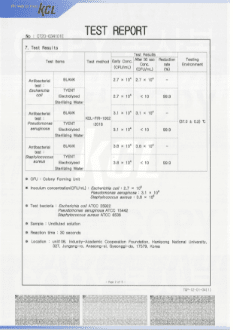
KCL Test Report
-
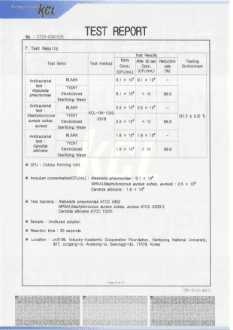
KCL Test Report
-
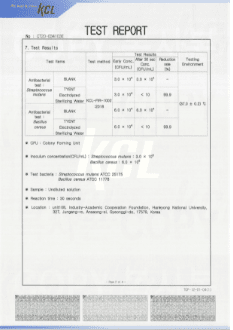
KCL Test Report
-
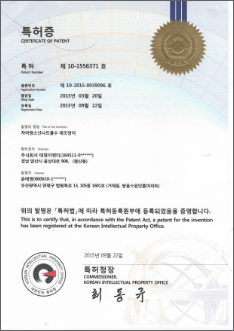
Certificate of Patent
-

[TIE-N20WR]
Test Report -
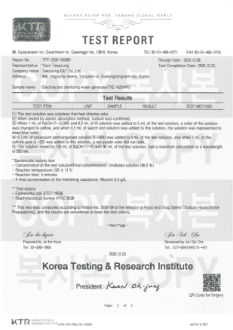
[TIE-N20WR]
Test Report -

[TIE-N15WR]
Test Report -
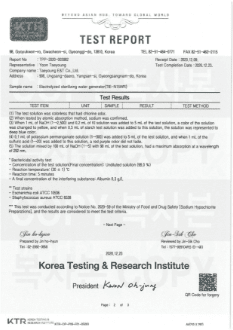
[TIE-N15WR]
Test Report -

[TIE-N20WR]
KC Conformity
registration Certificate -
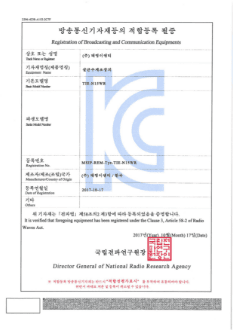
[TIE-N15WR]
KC Conformity
registration Certificate -
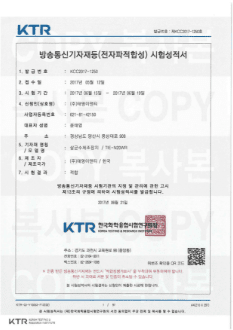
[TIE-N20WR]
Electromagnetic Compatibility
Test Report -
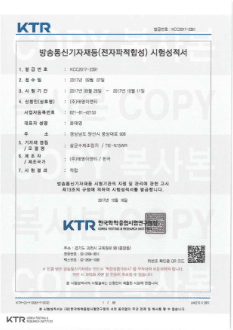
[TIE-N15WR]
Electromagnetic Compatibility
Test Report -
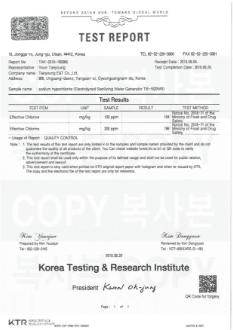
[TIE-N20WR]
Effective Chlorine Test -
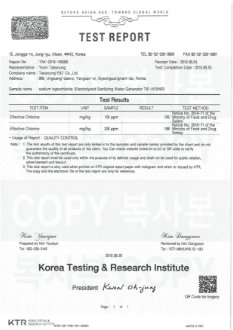
[TIE-N15WR]
Effective Chlorine Test -
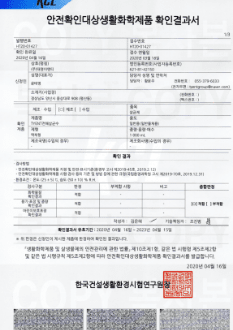
[KCL test]
Confirmation result
of the act on safety management -
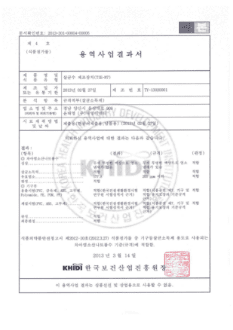
Food additives
stability test report -
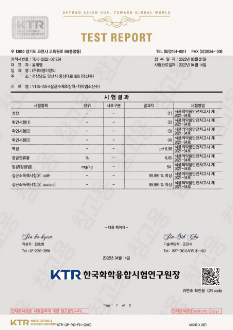
[YT25-S5H]
Test Report -
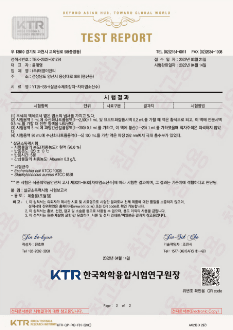
[YT25-S5H]
Test Report -
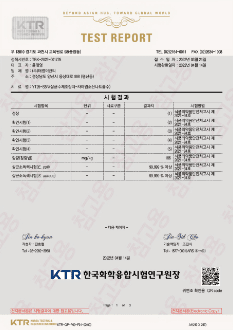
[YT25-S5N]
Test Report -
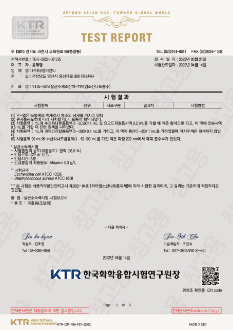
[YT25-S5N]
Test Report -
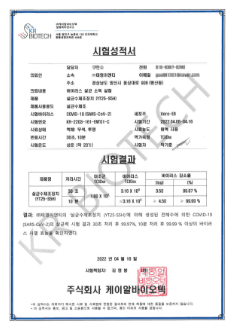
COVID-19
Test Report -
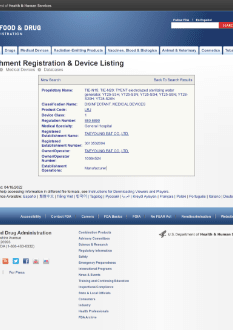
FDA registration
-
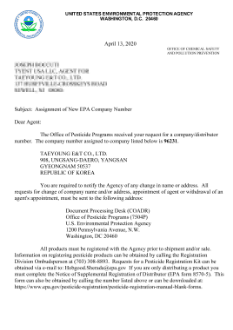
EPA registration
-
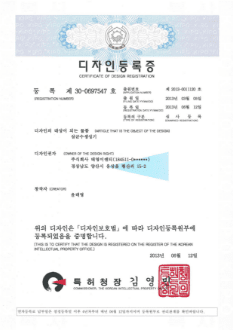
Design patent registration(N20,N15)
-
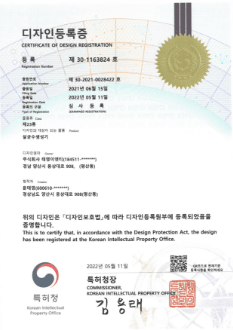
Design patent registration(S5N,S5H)





